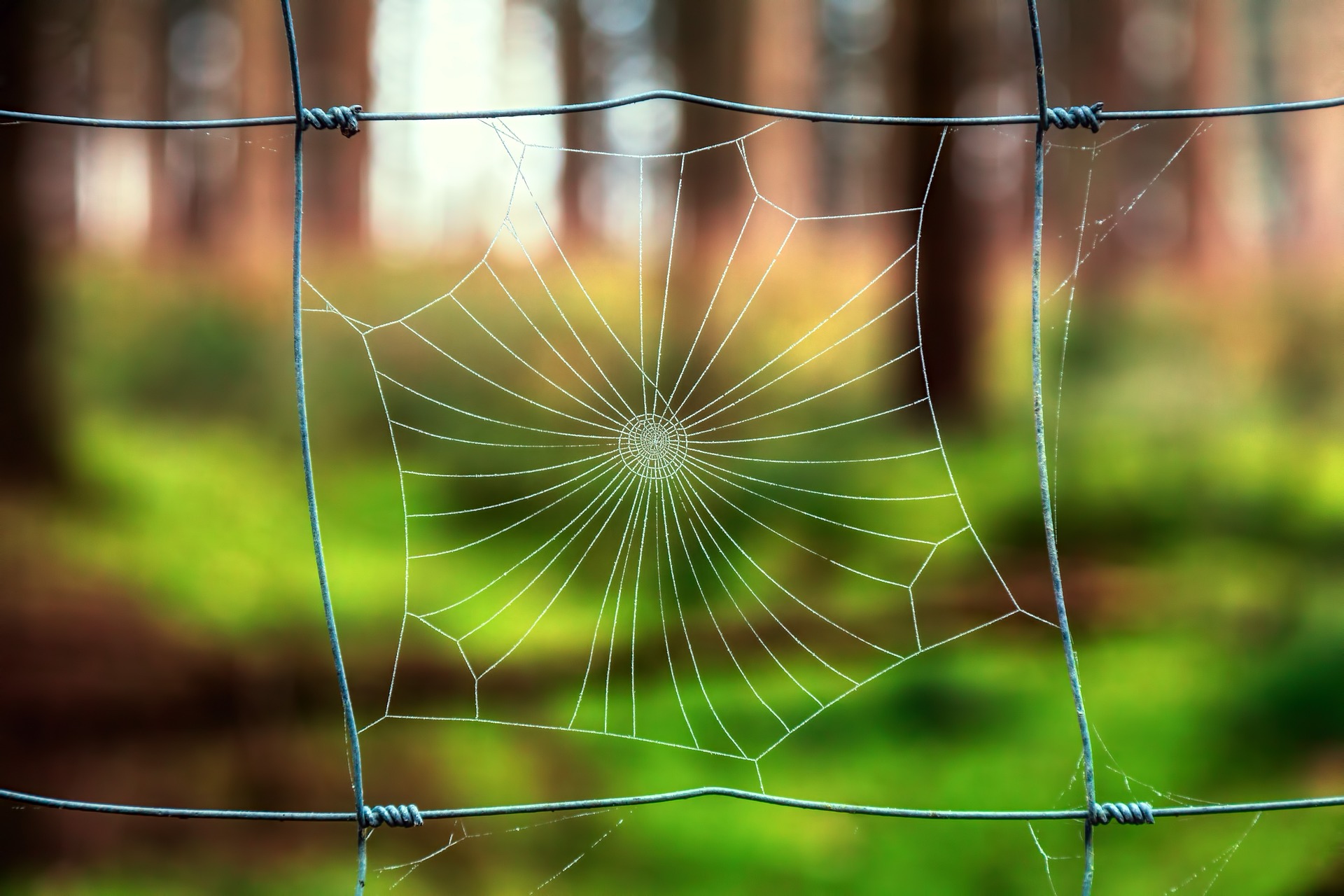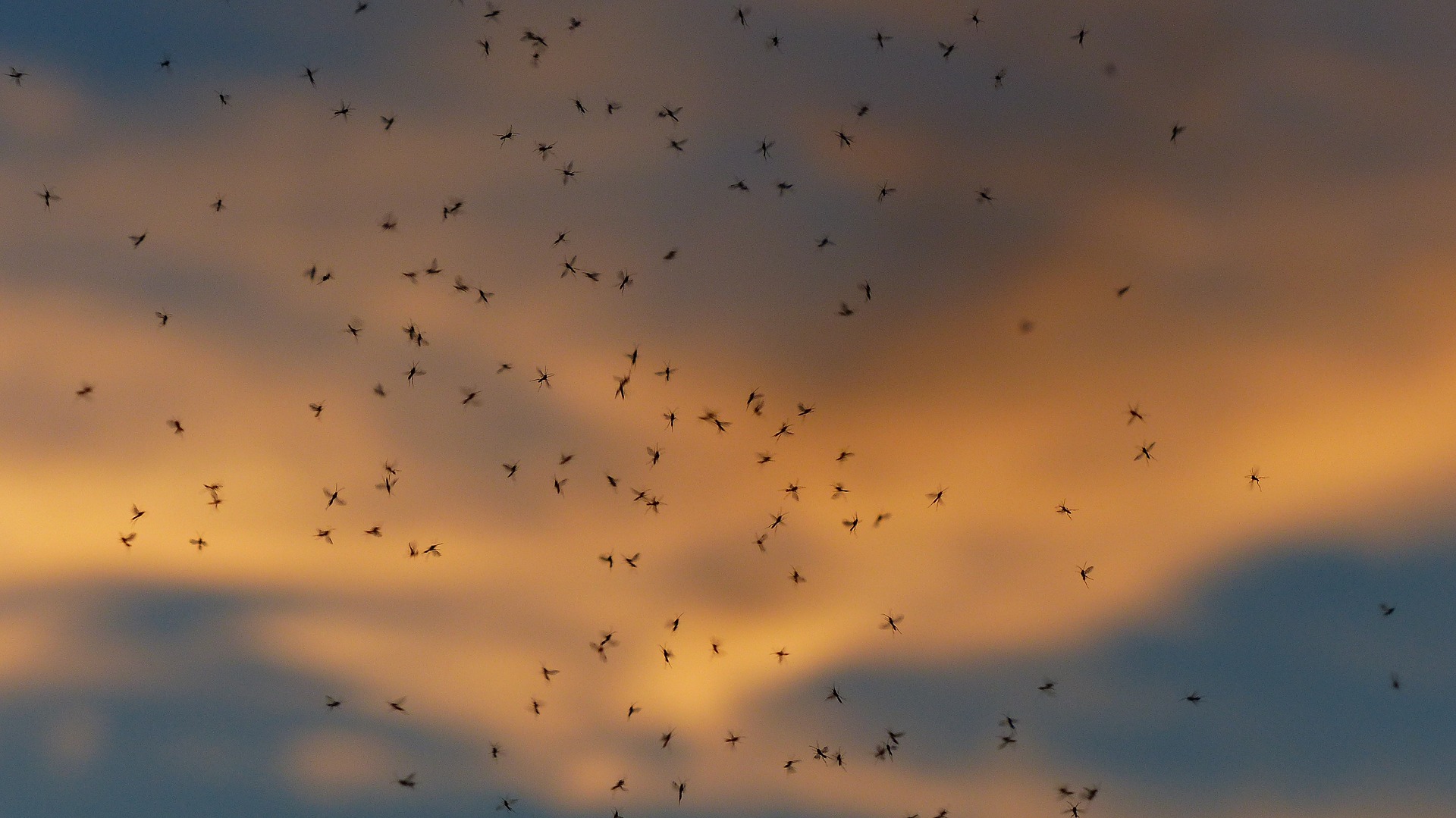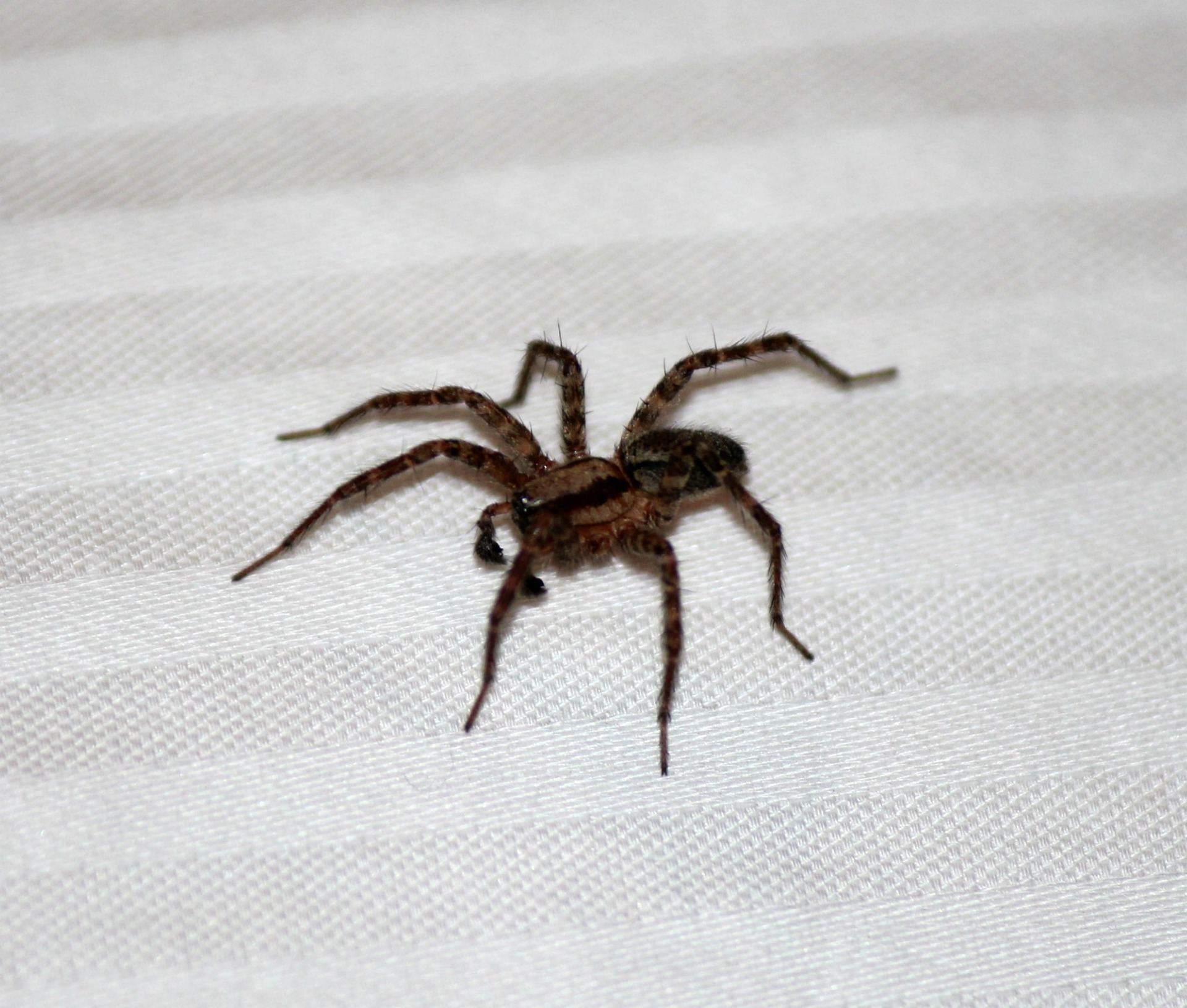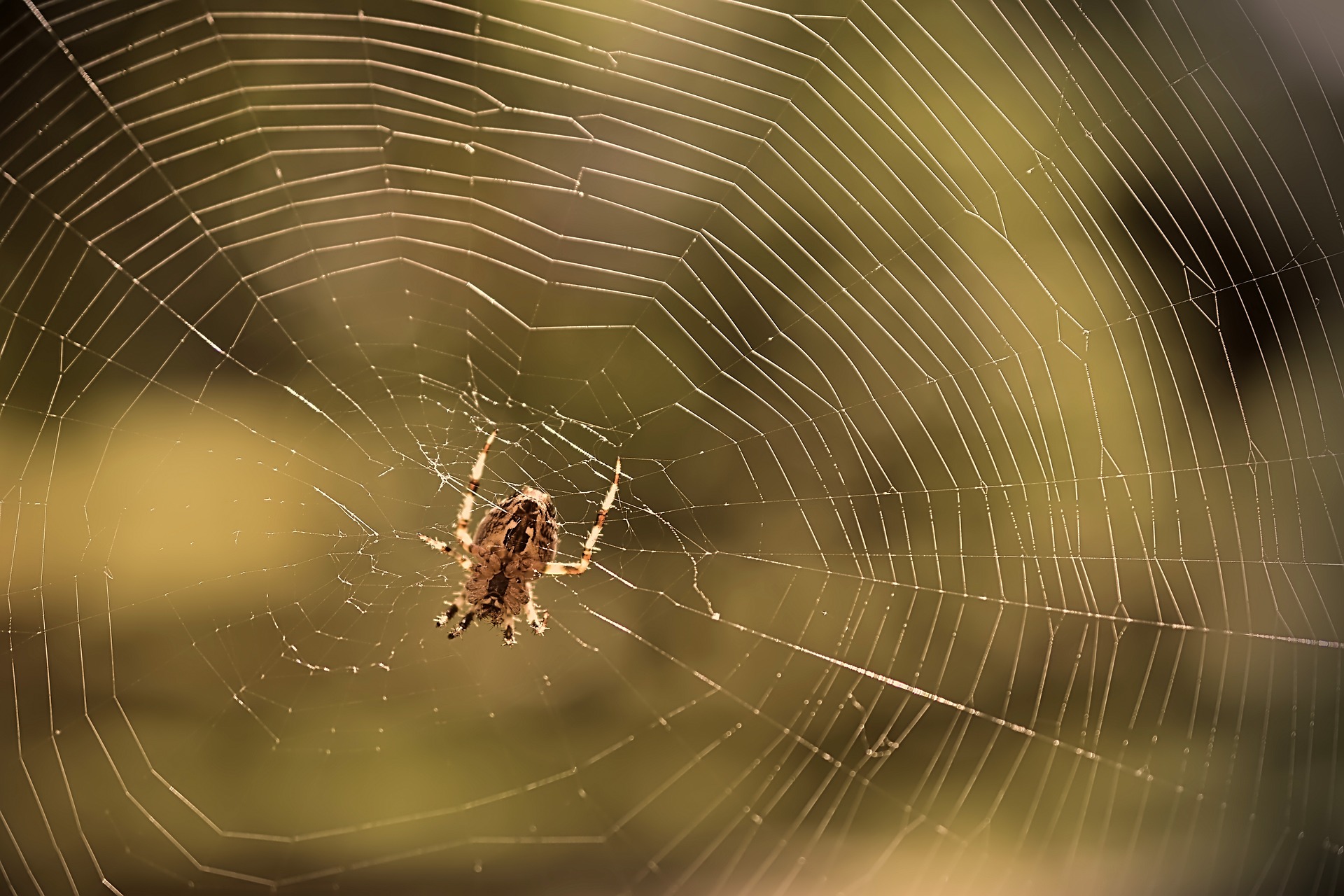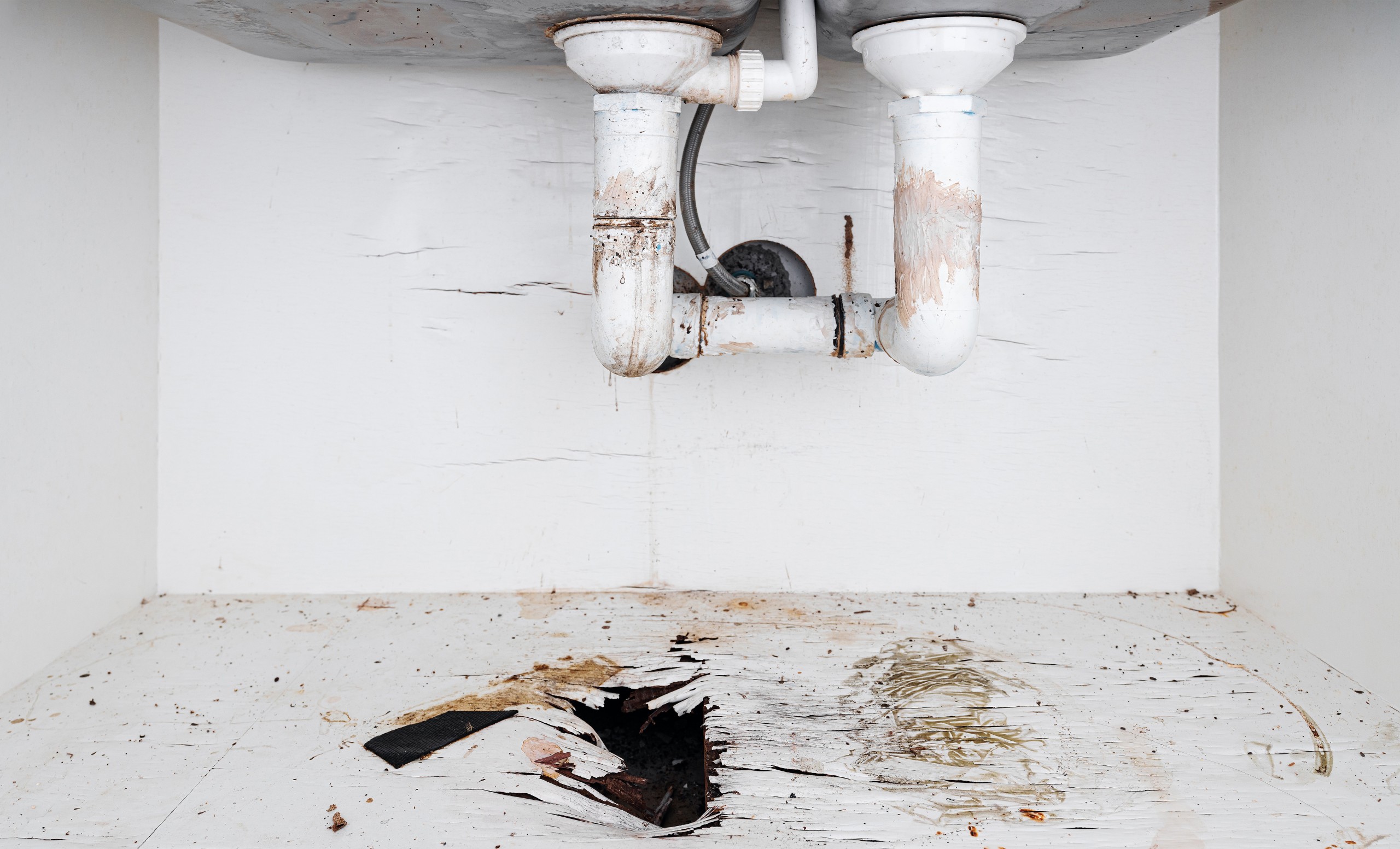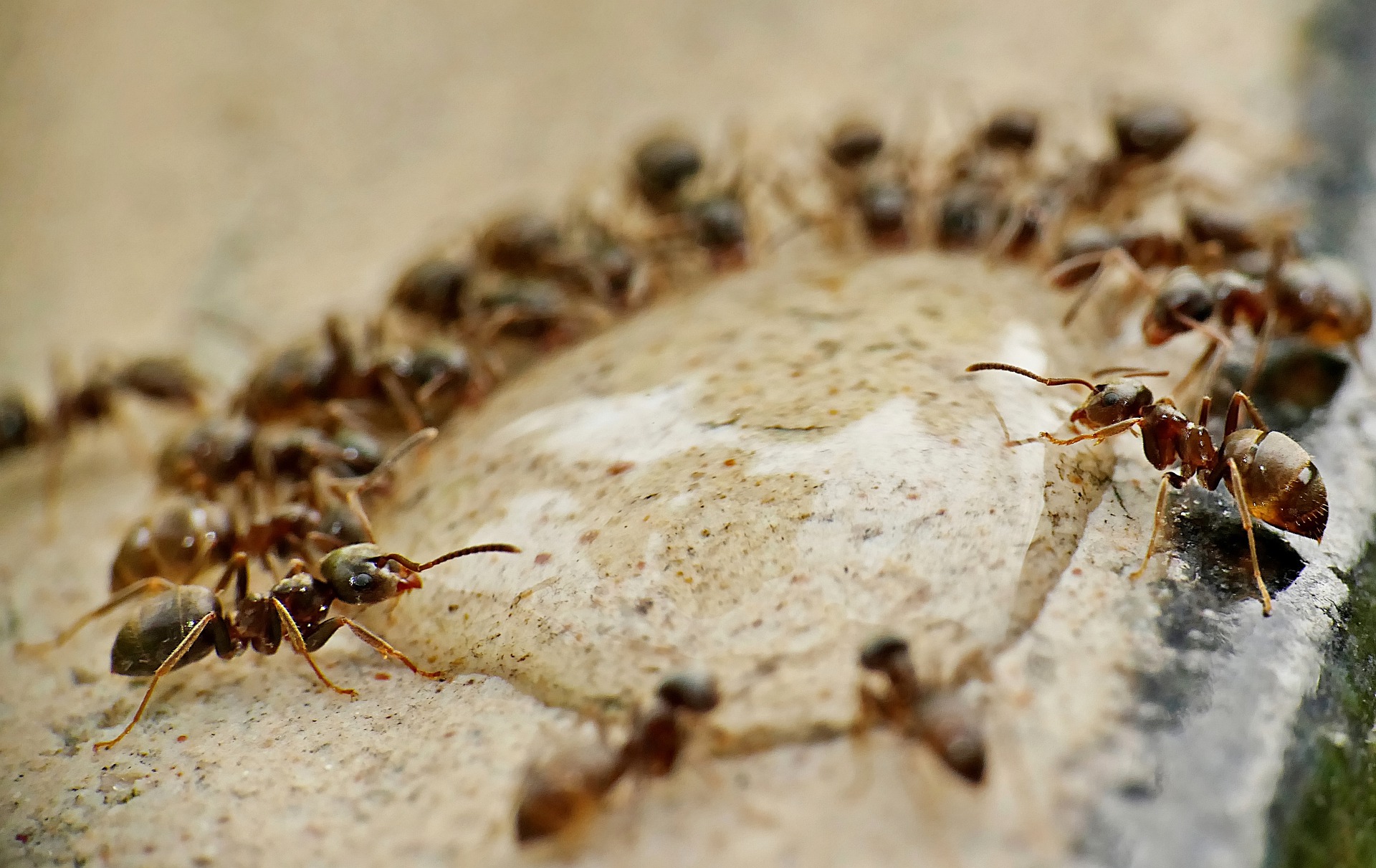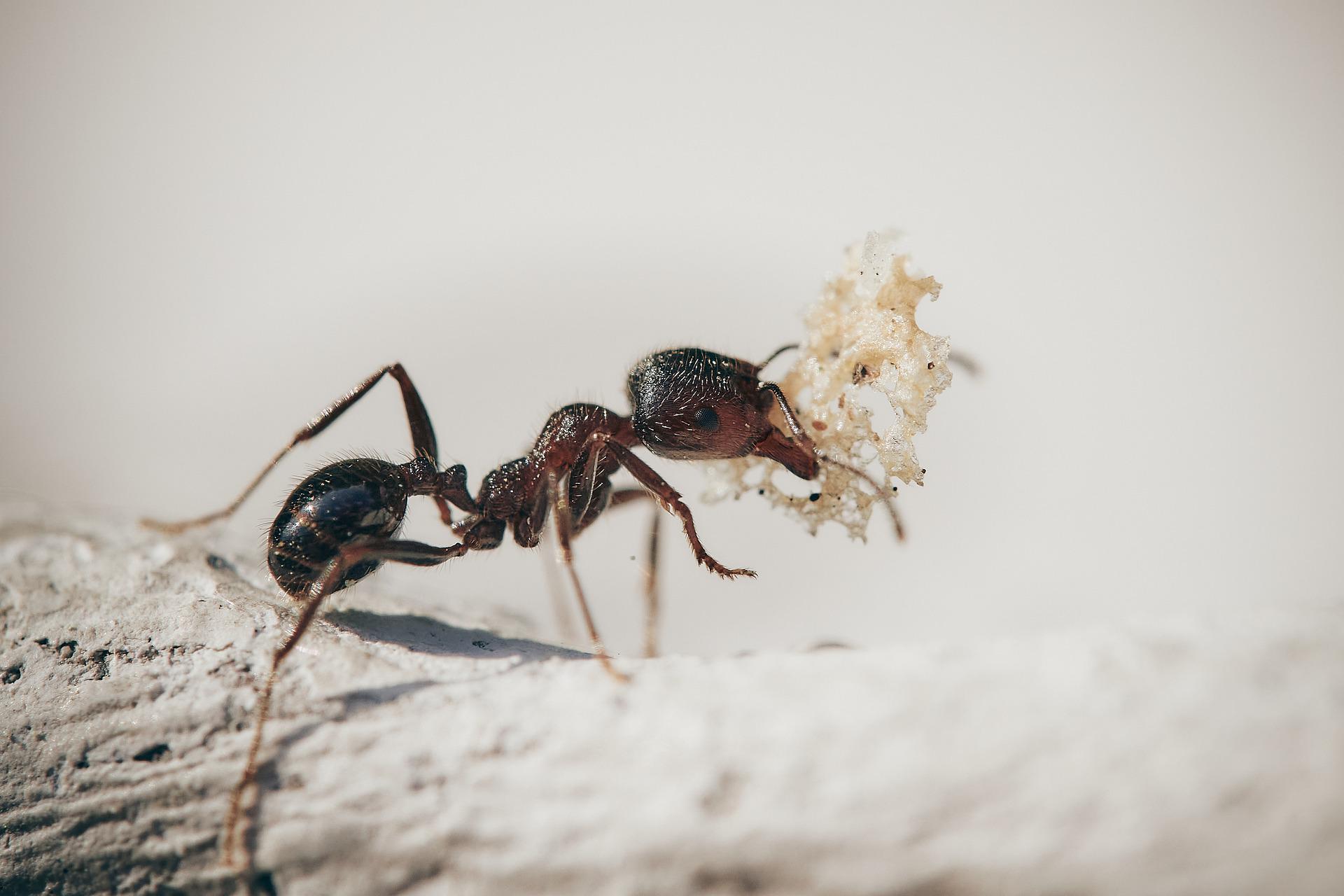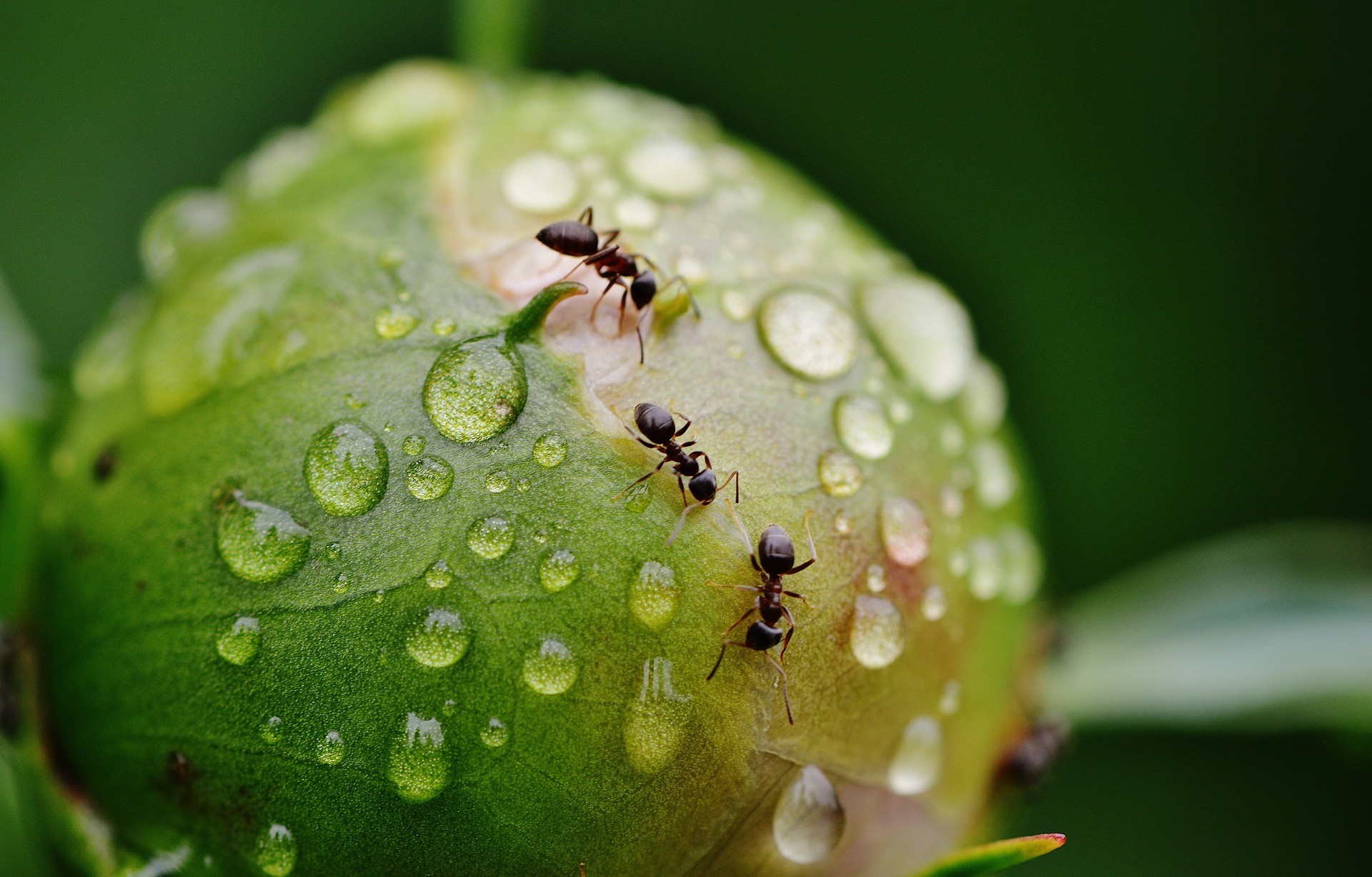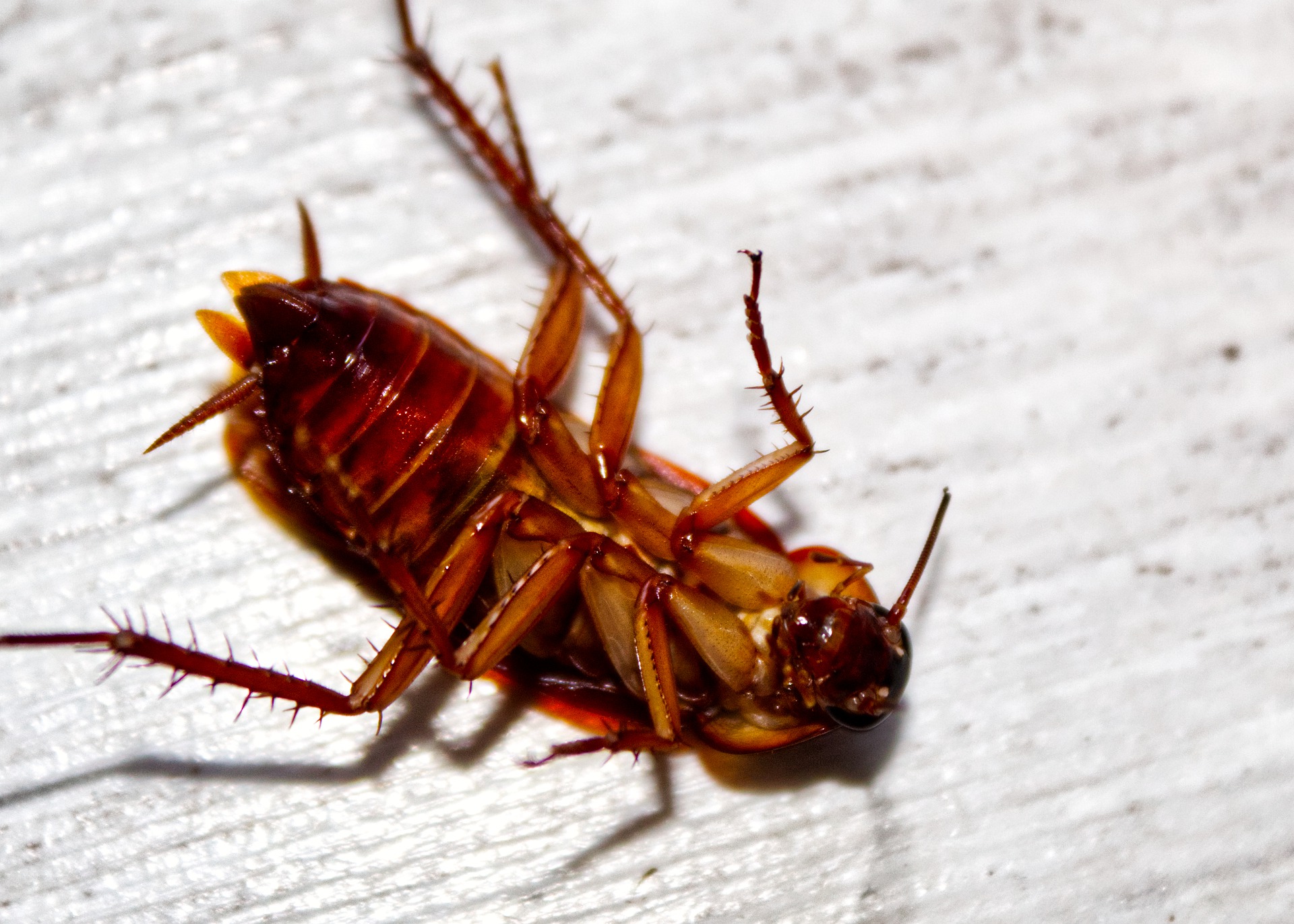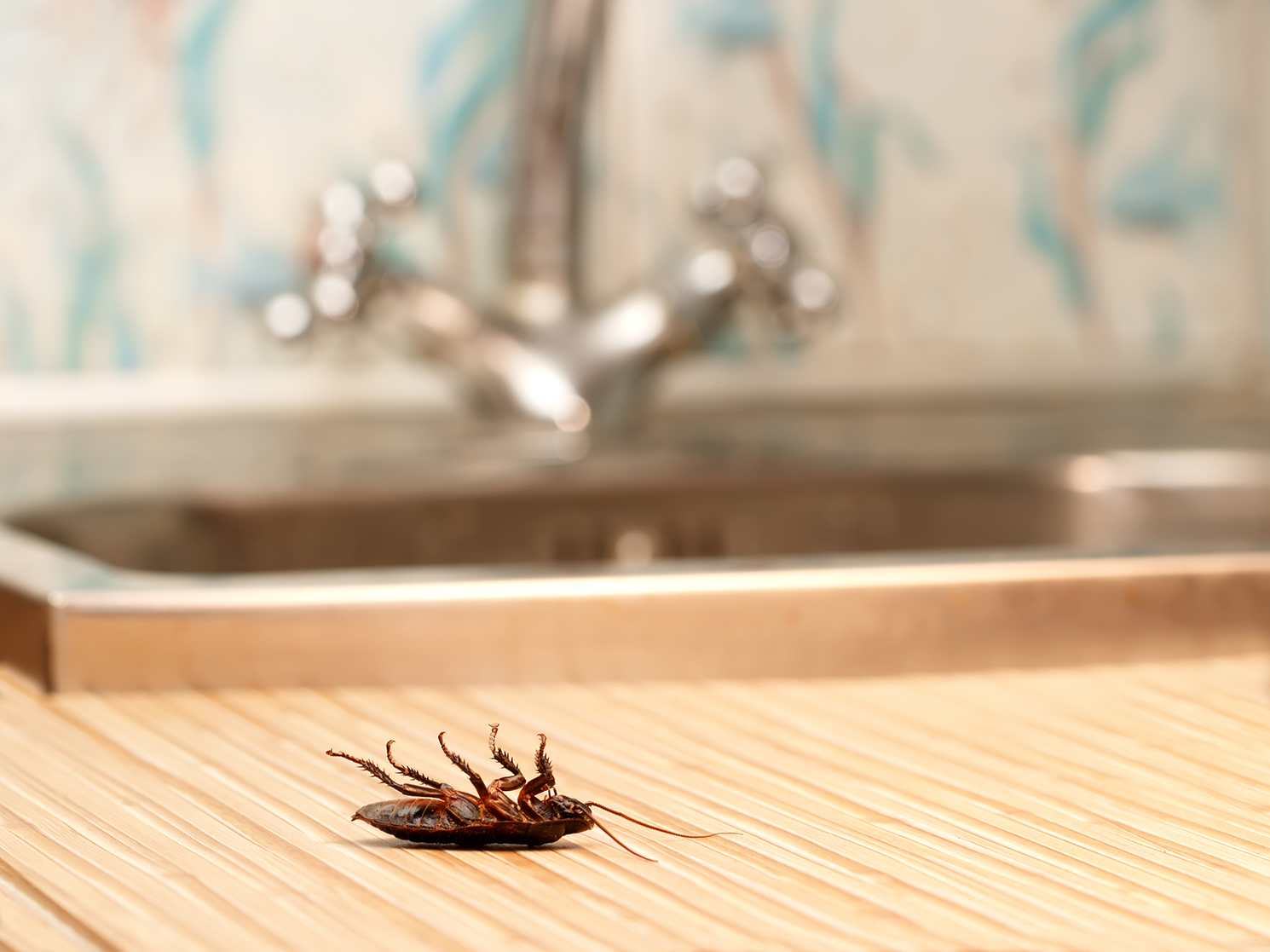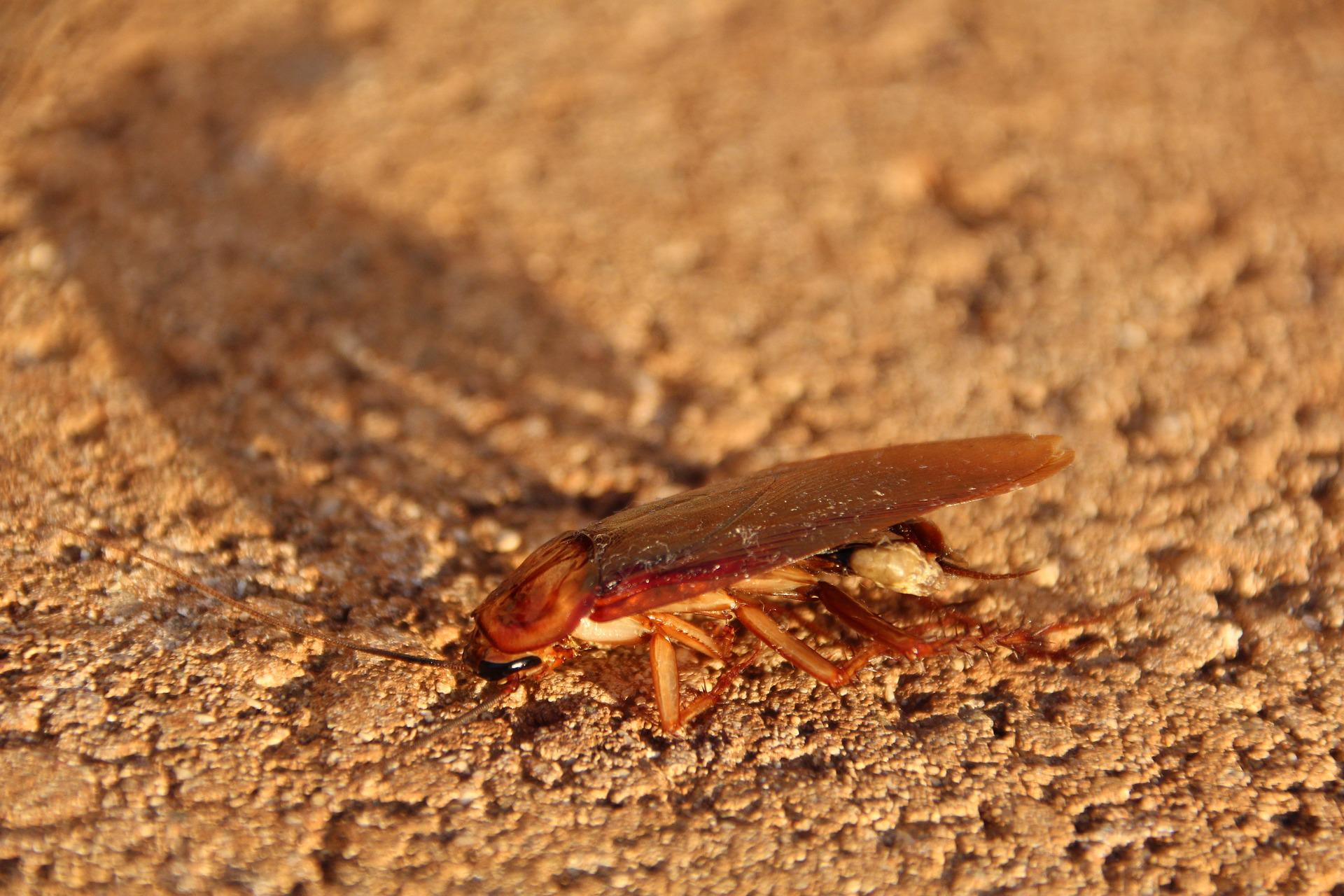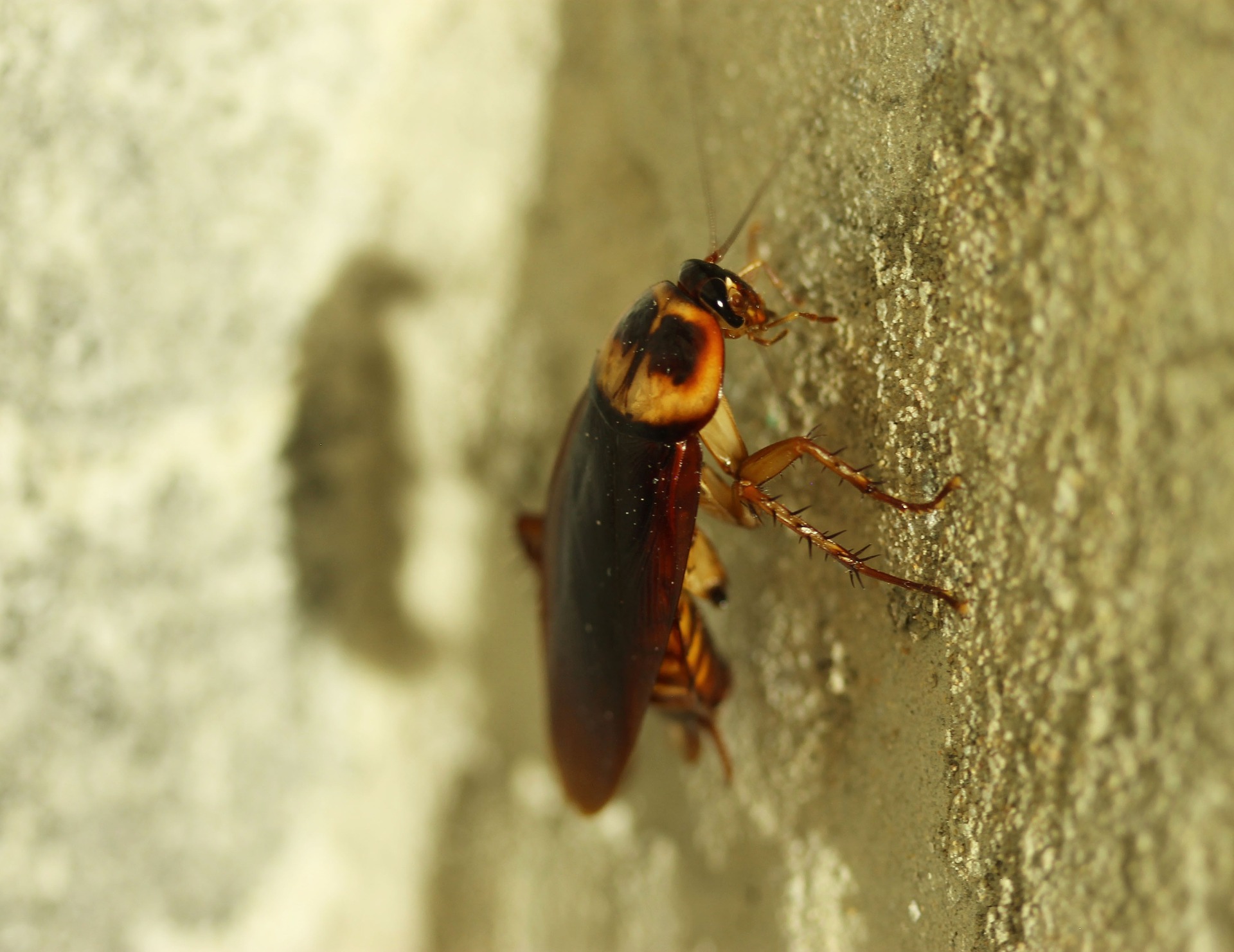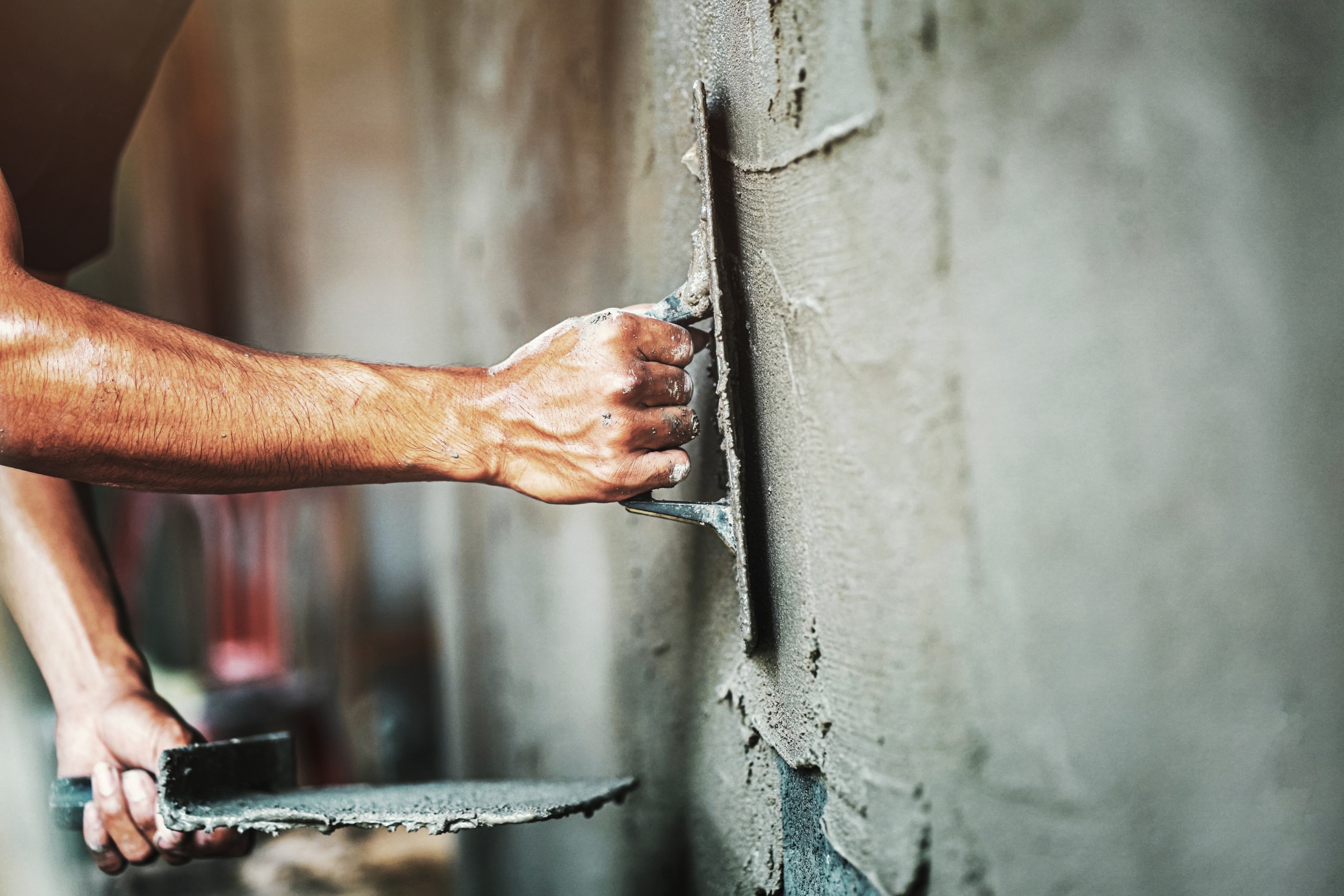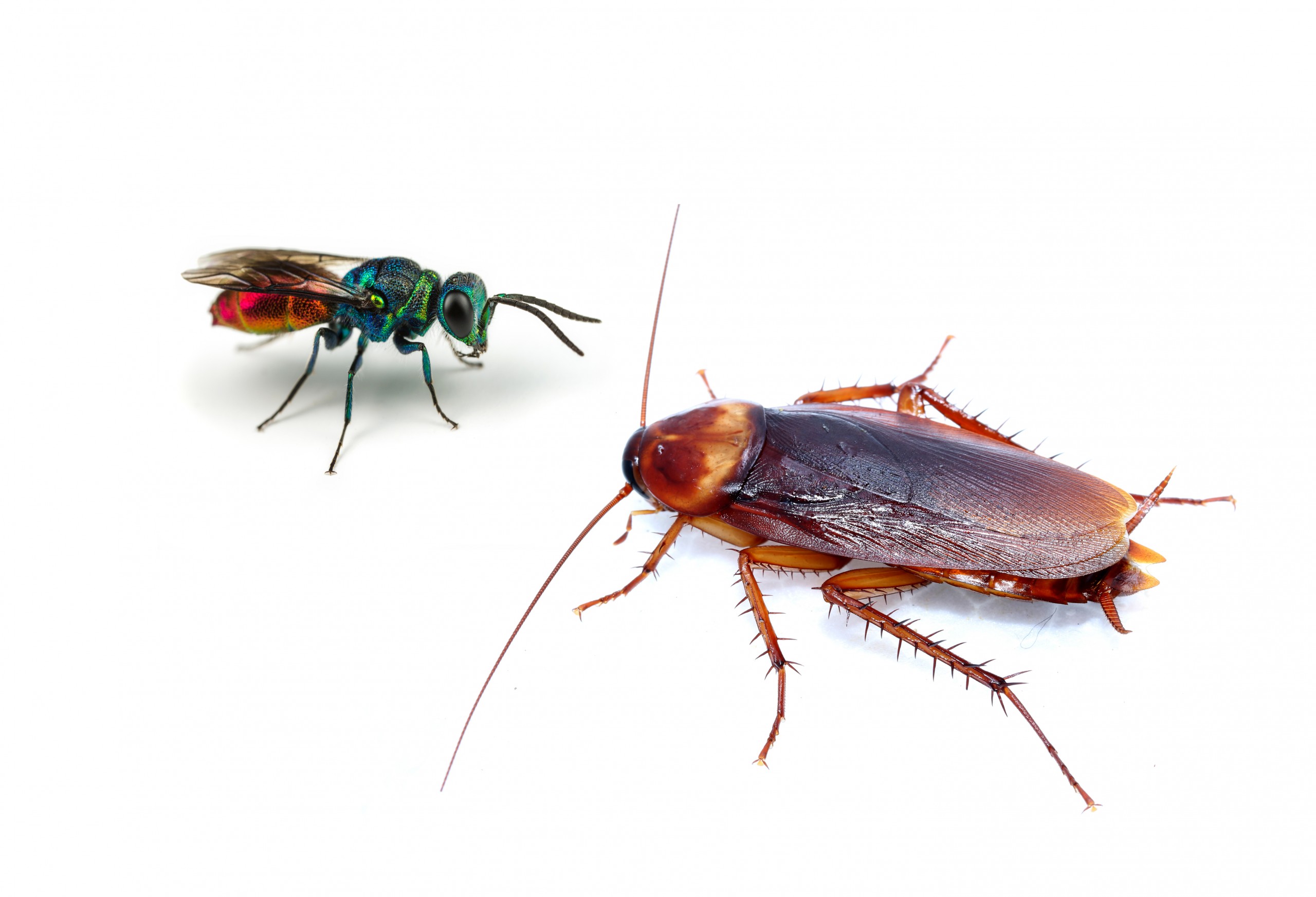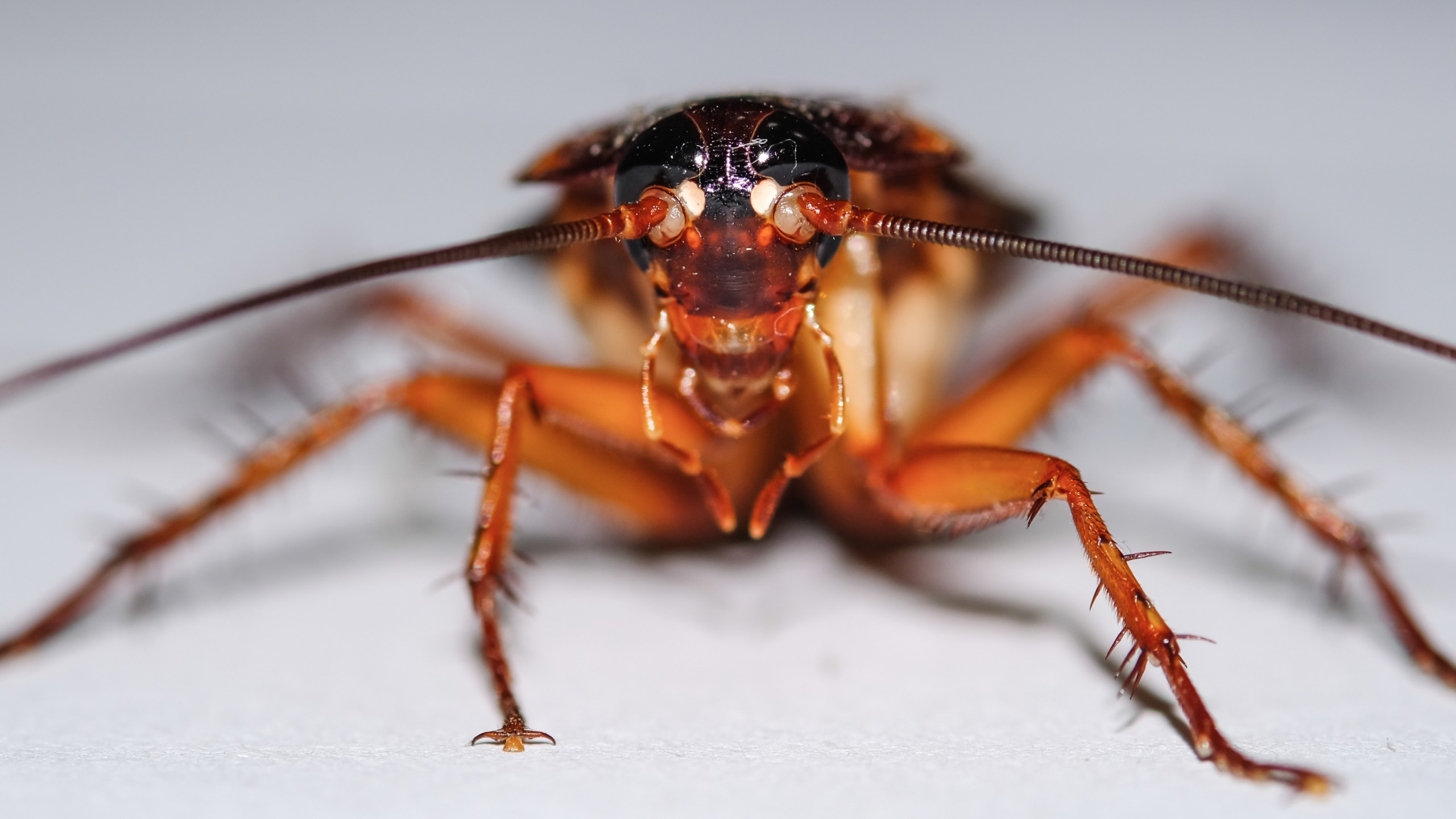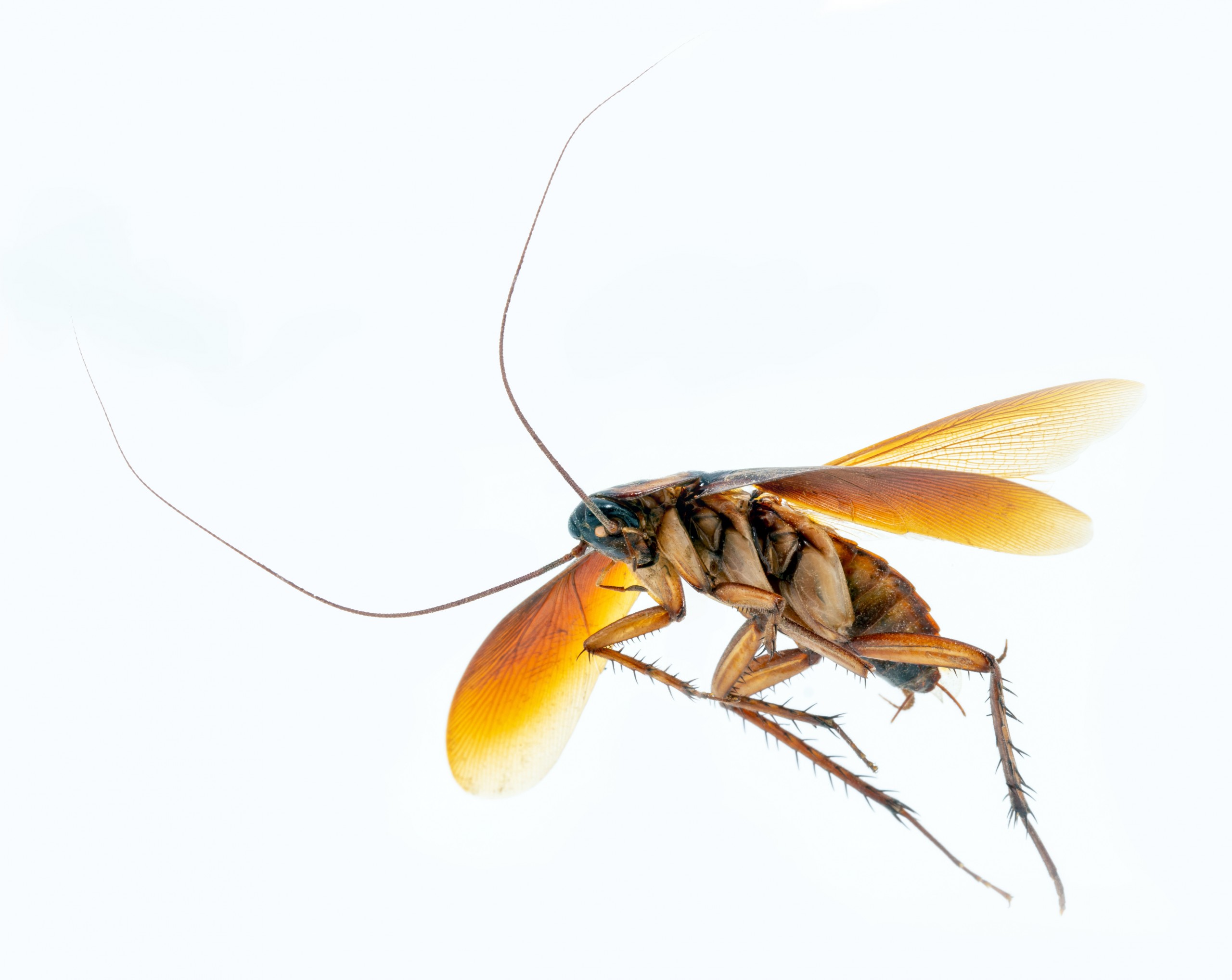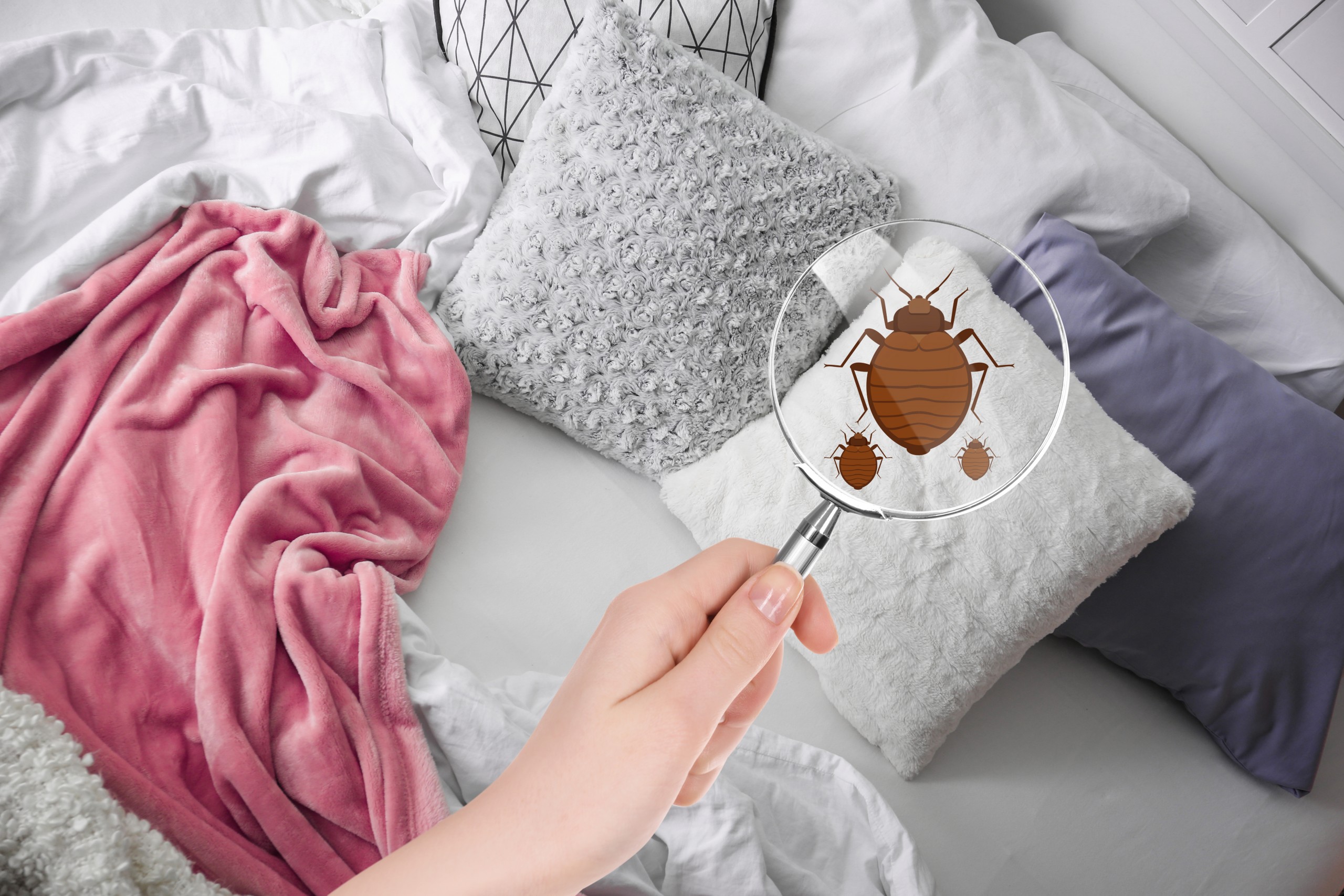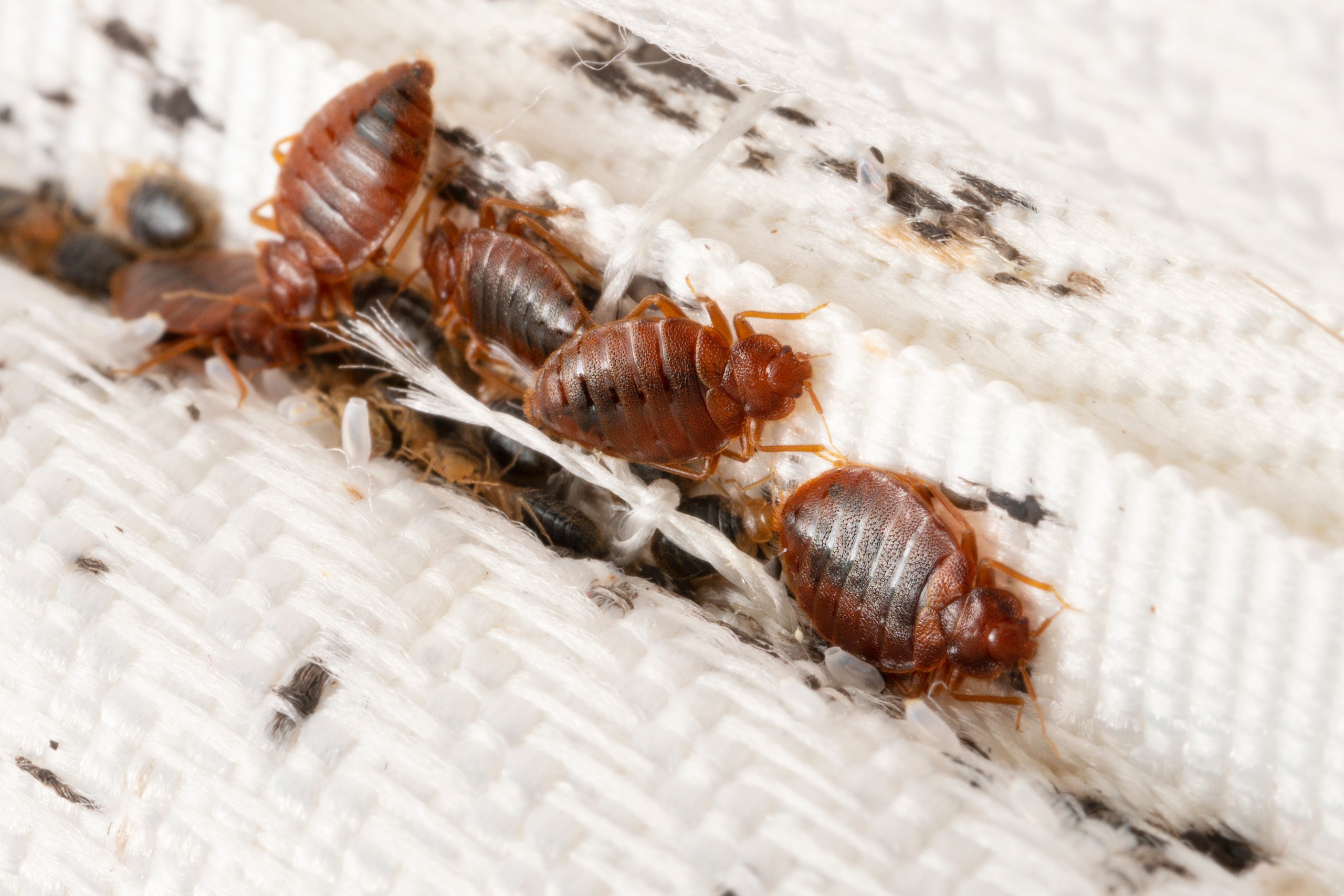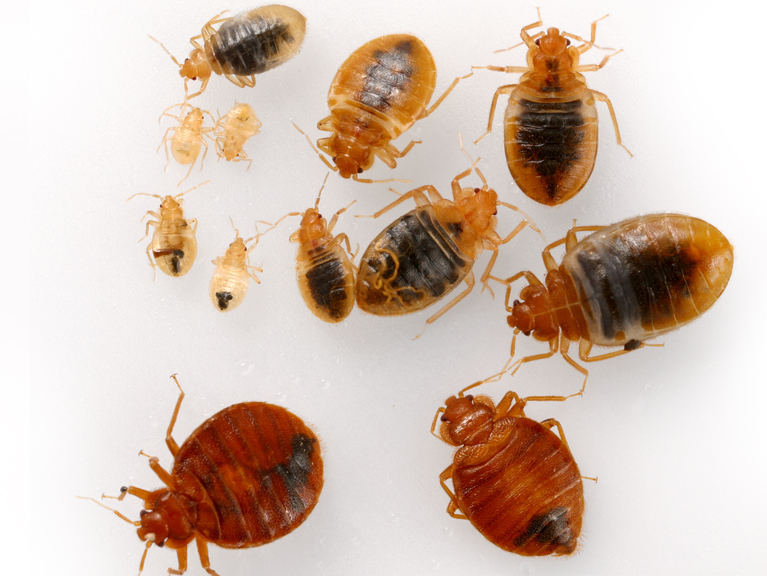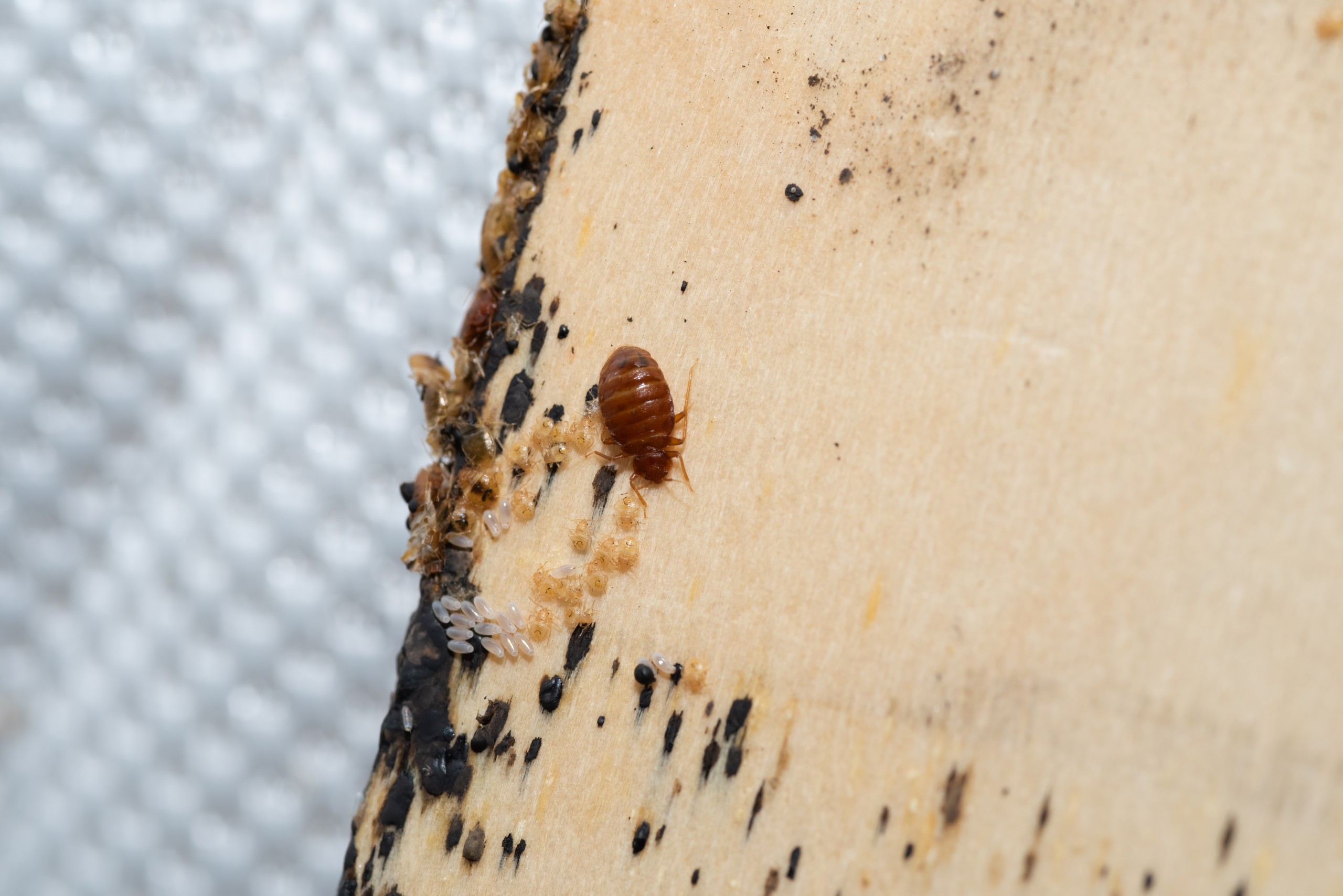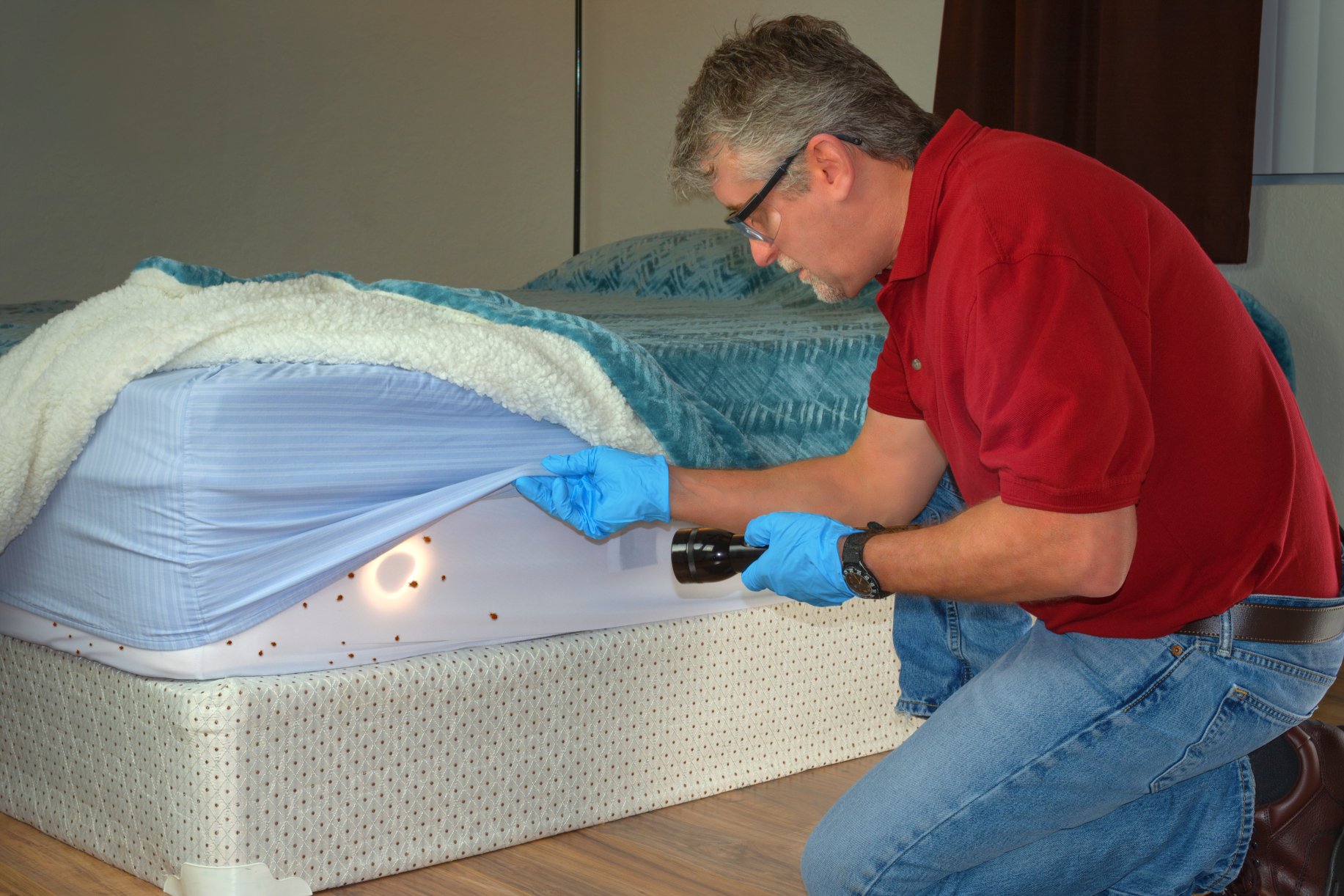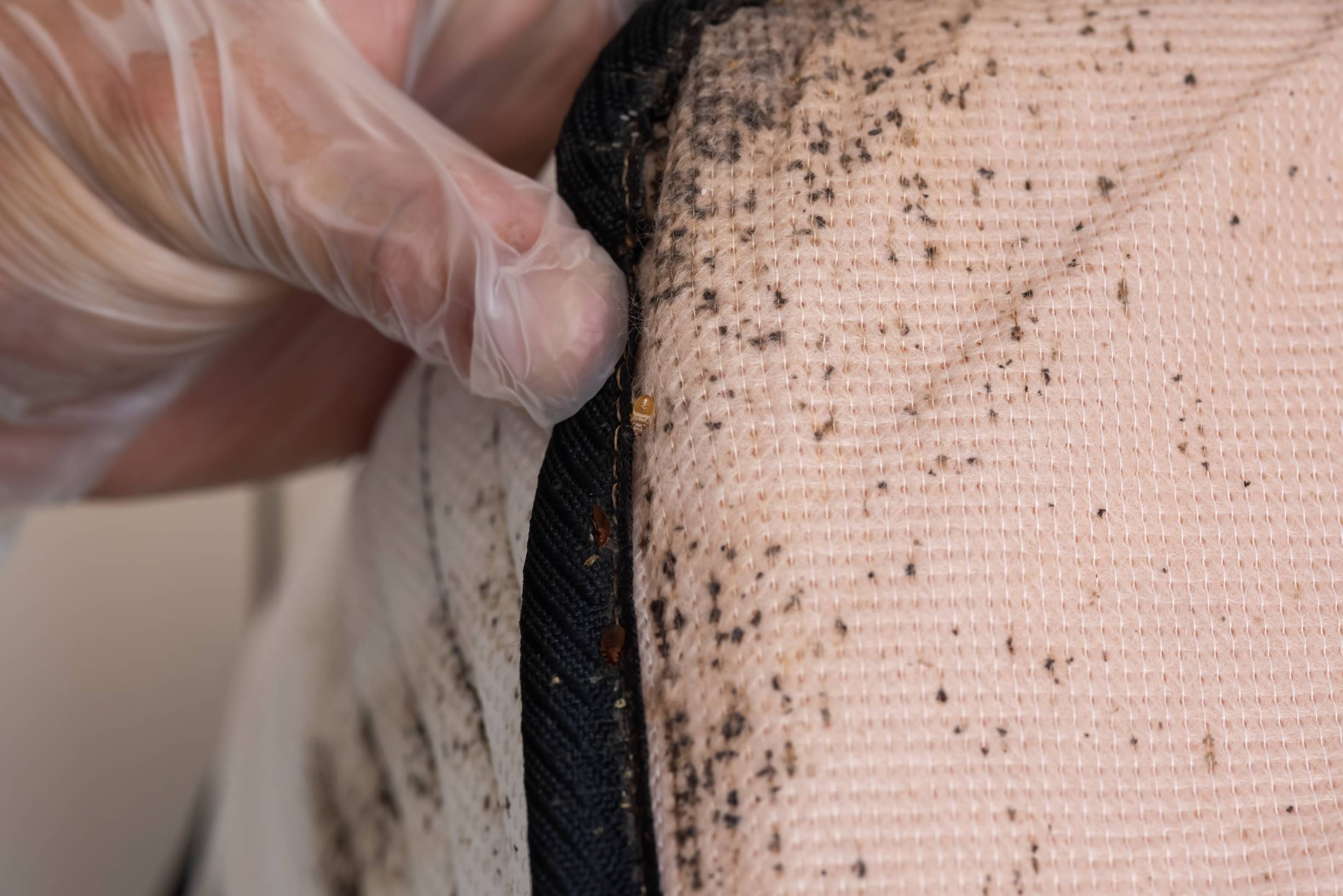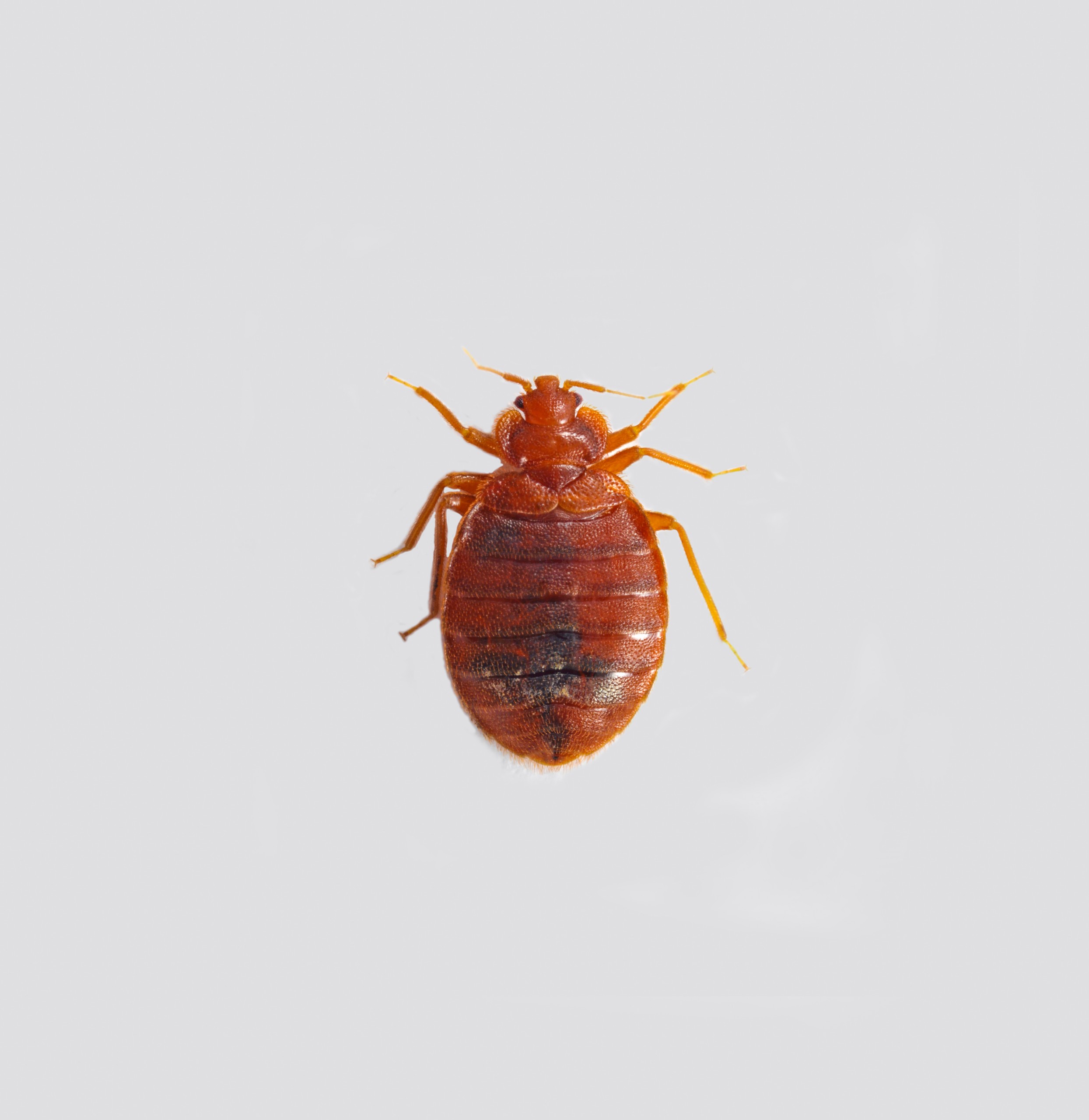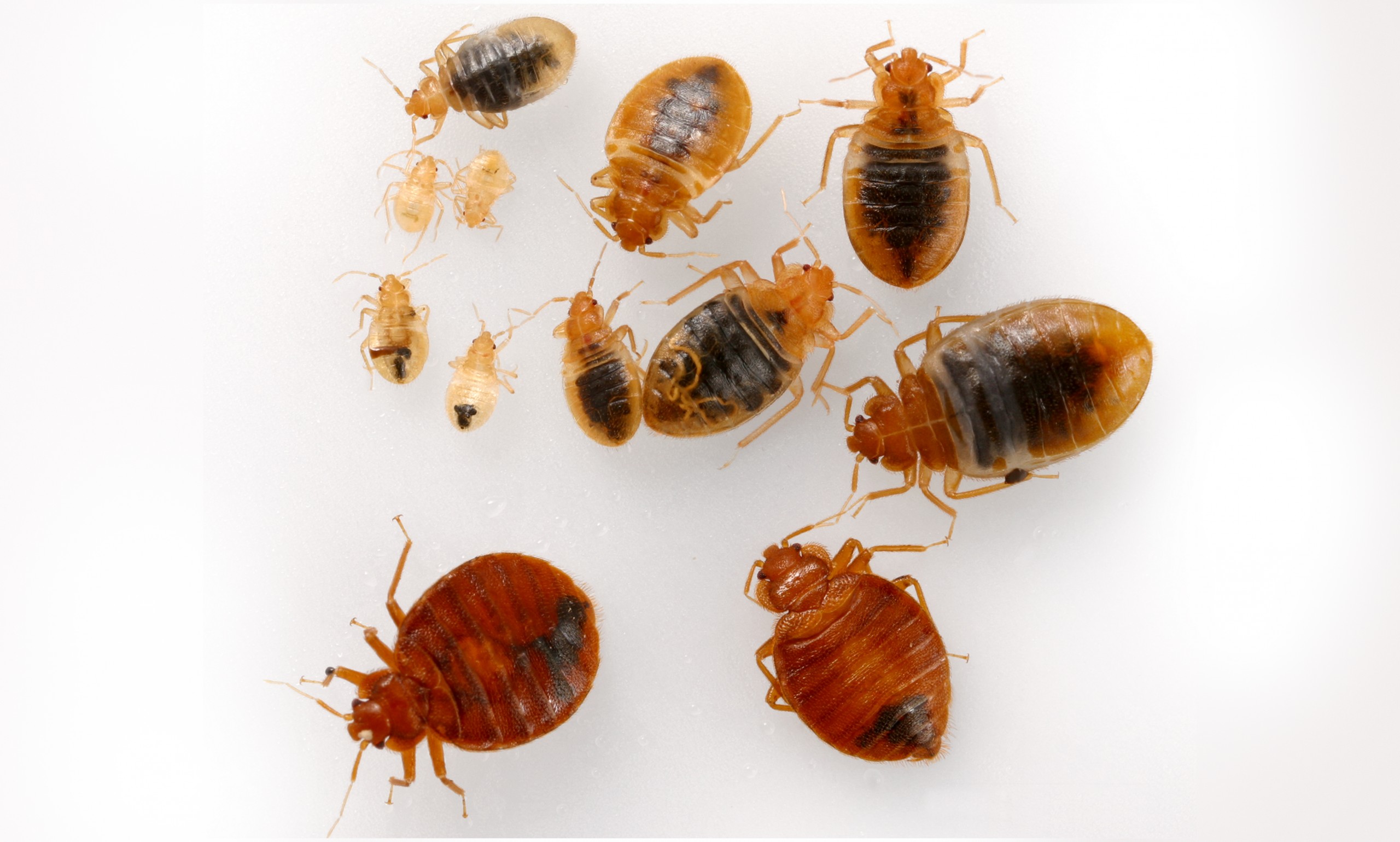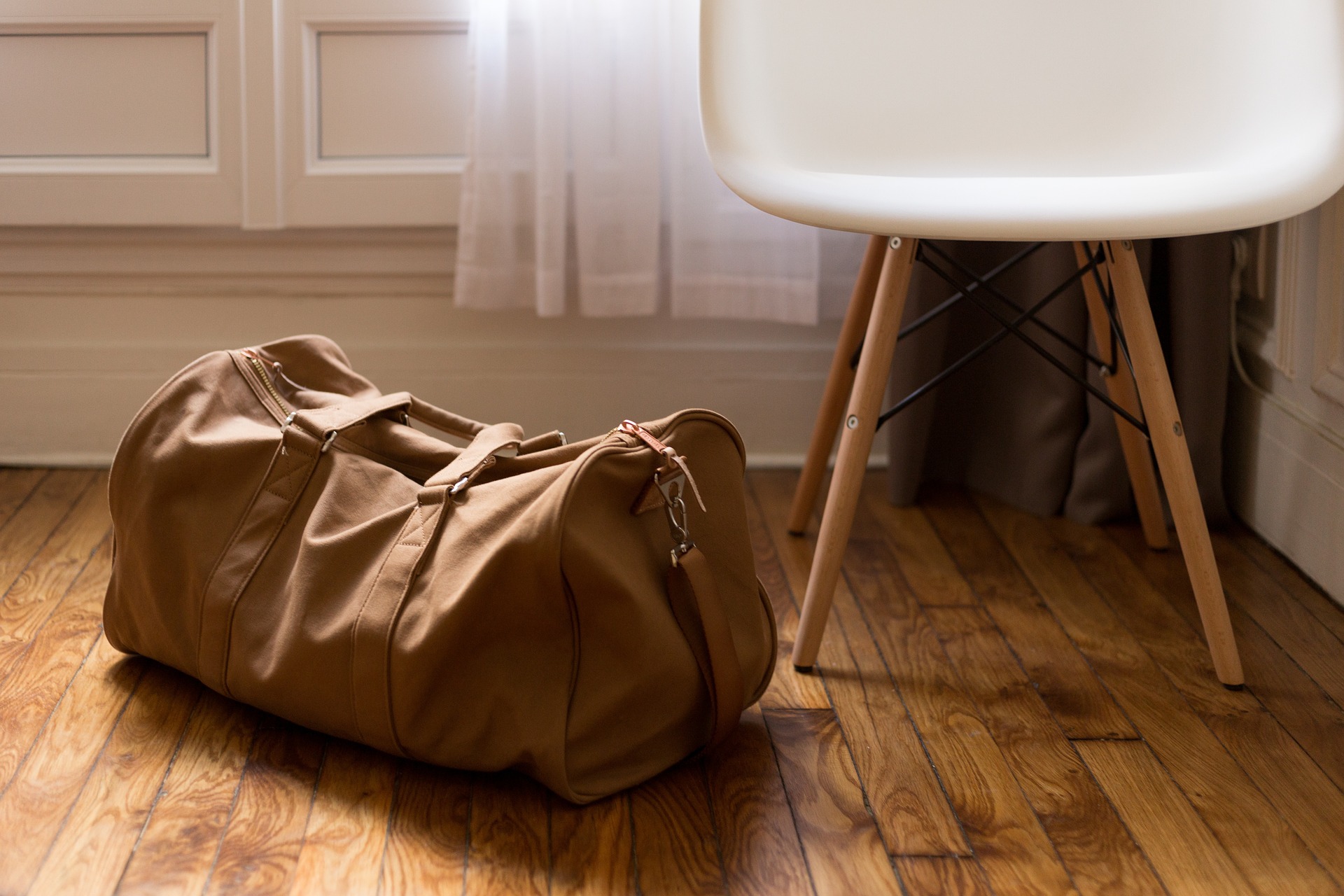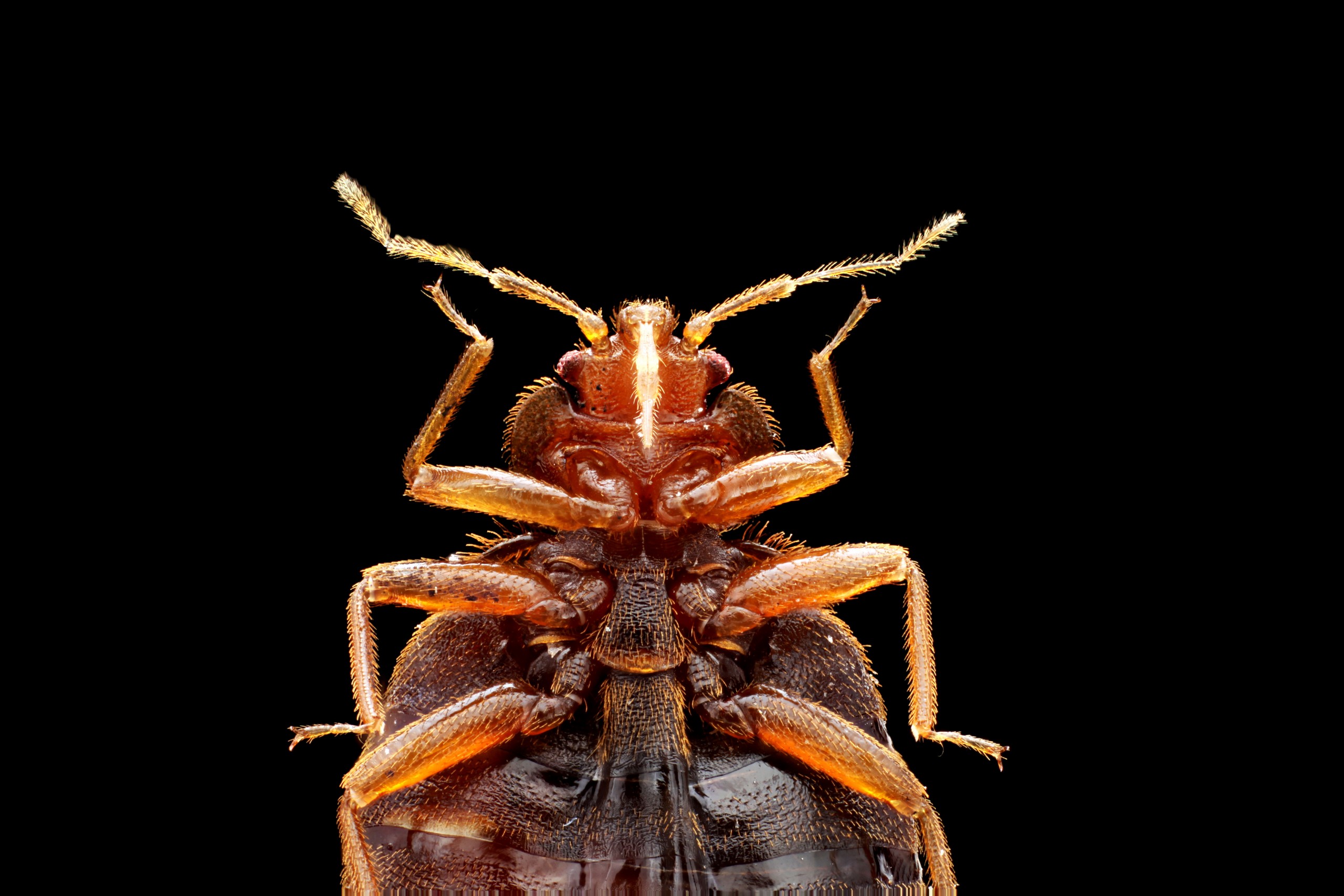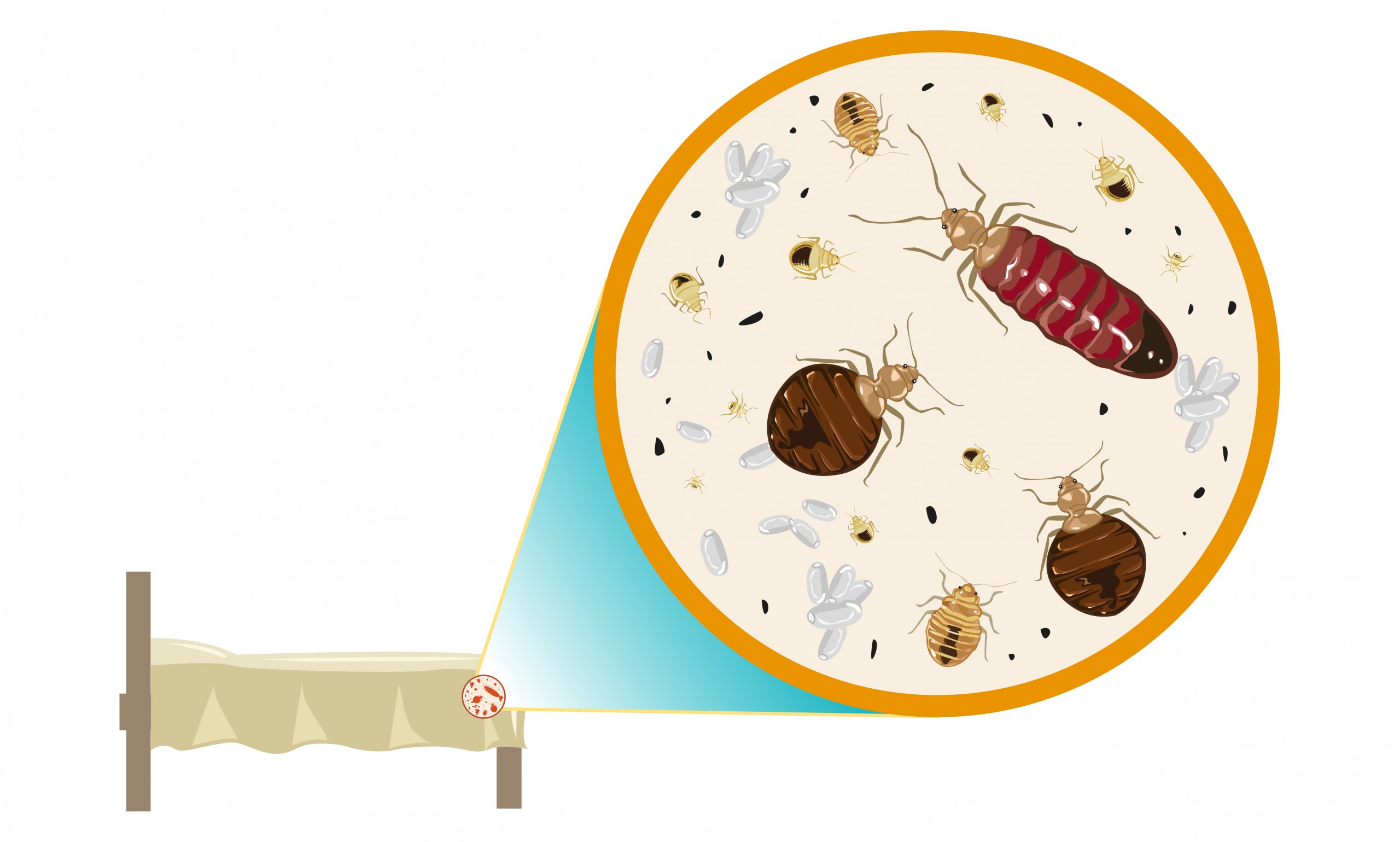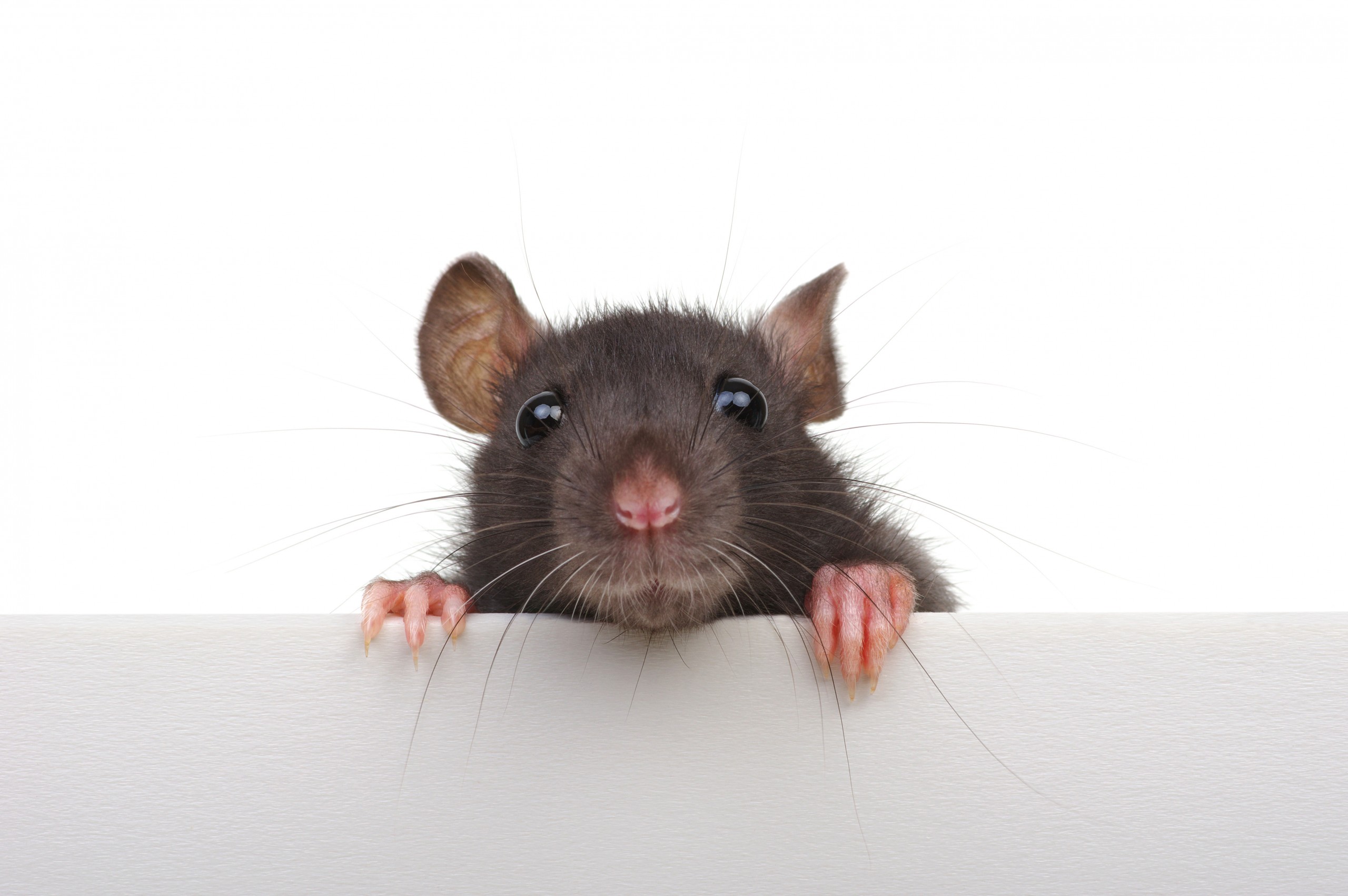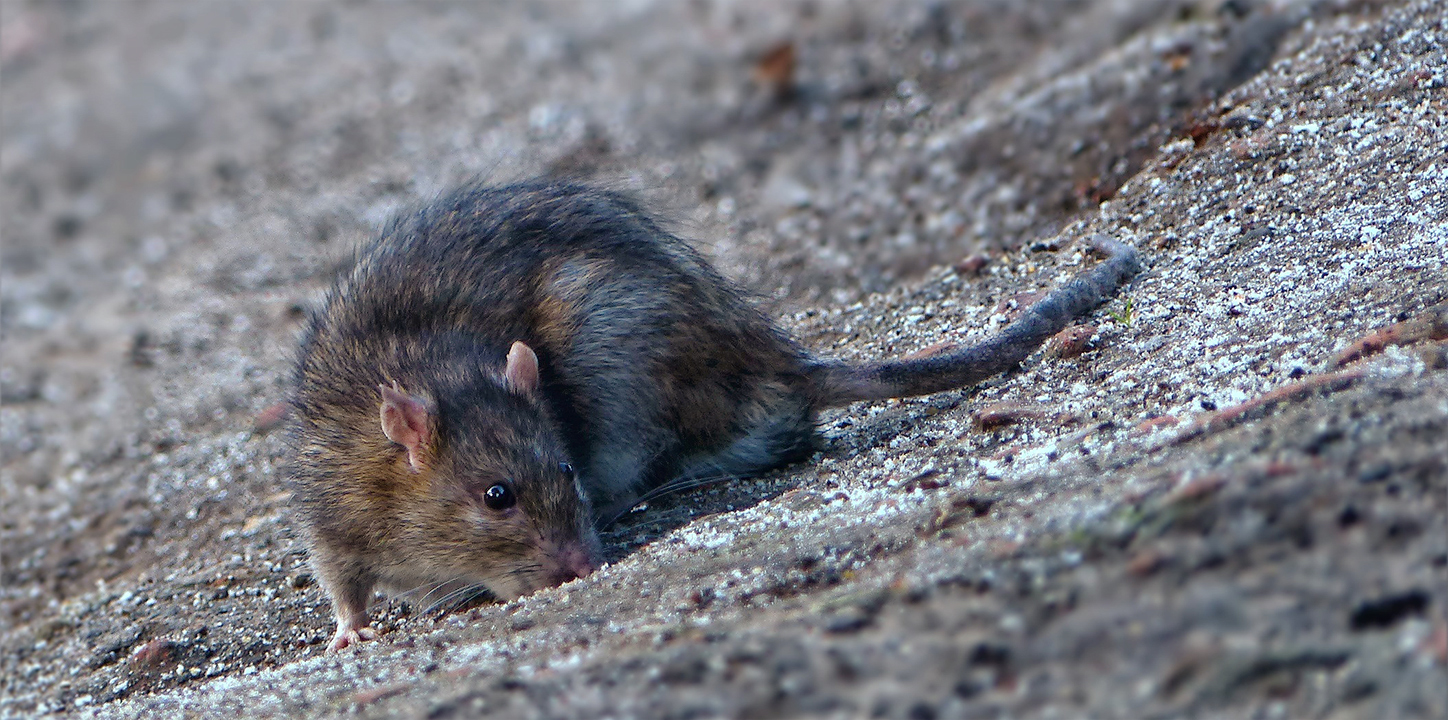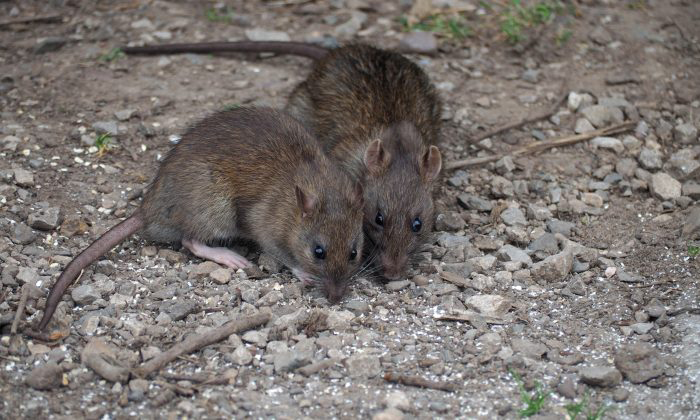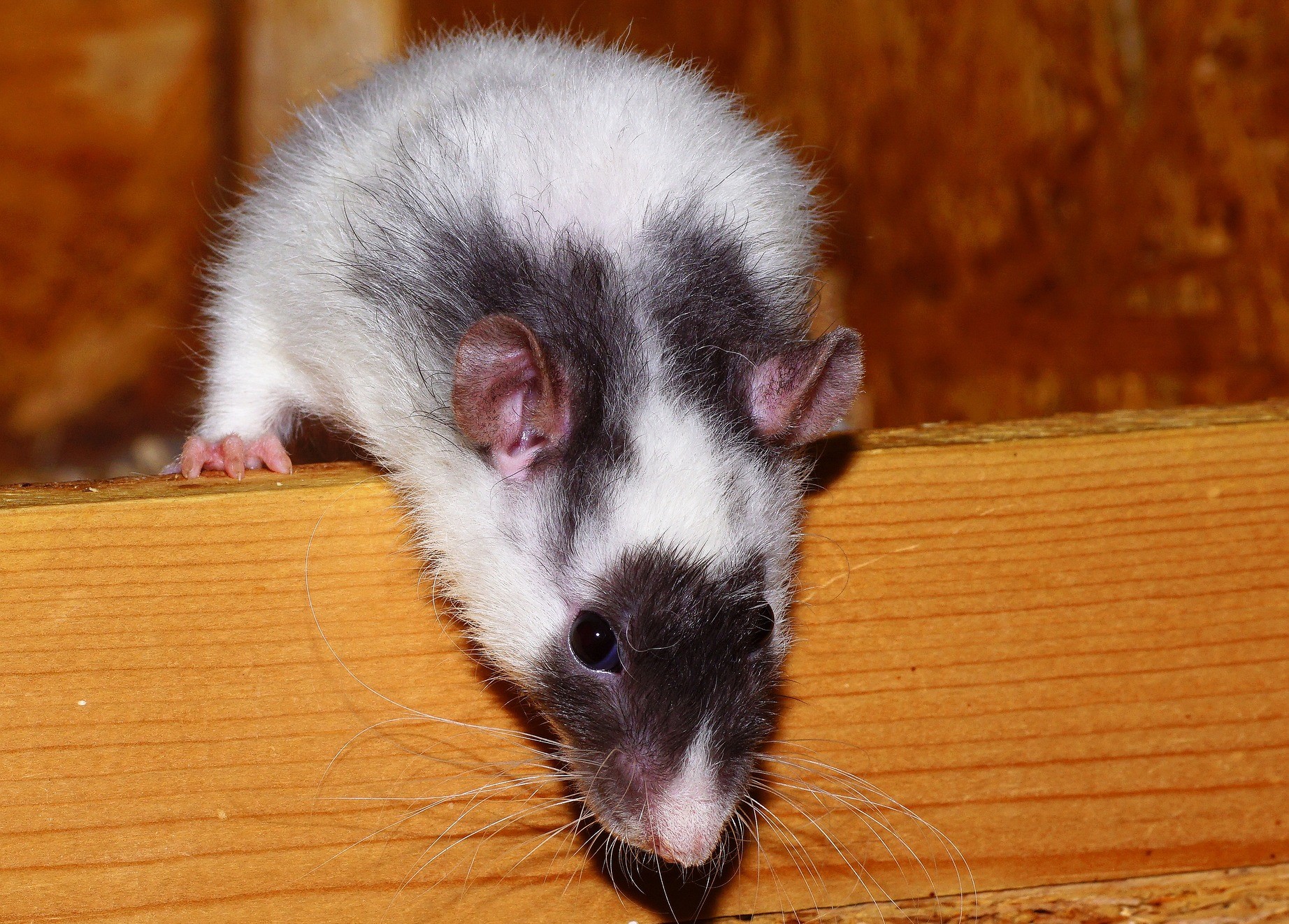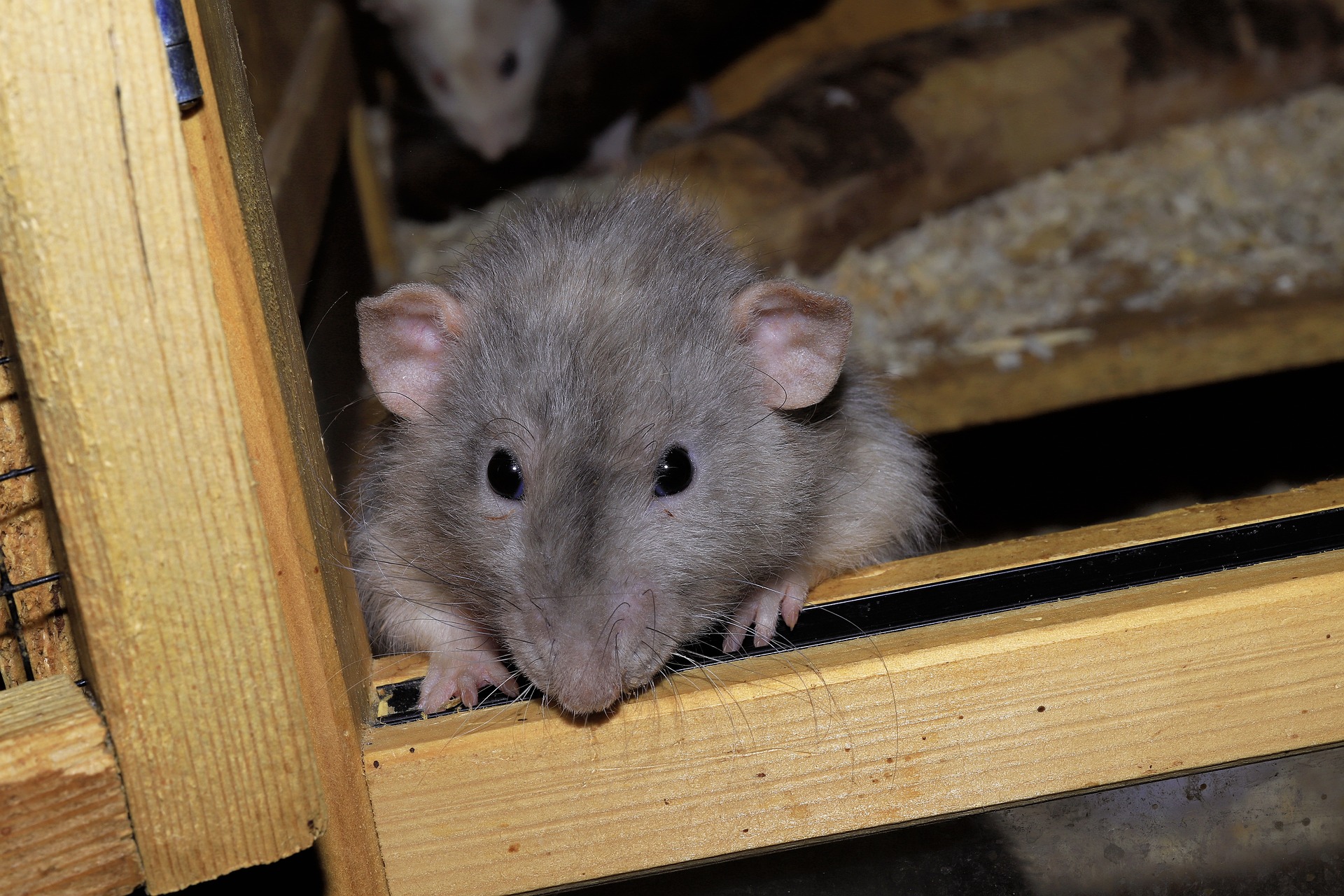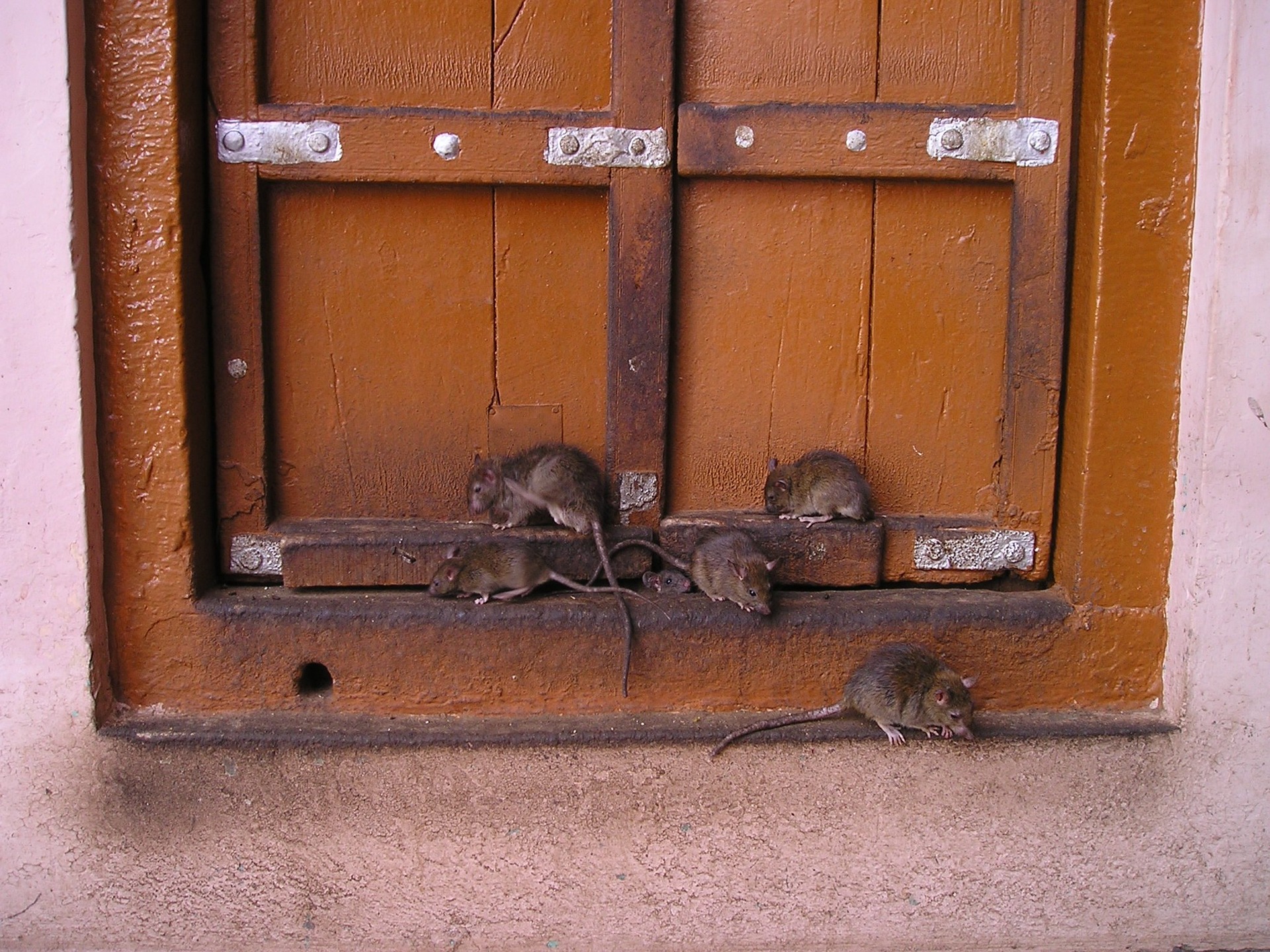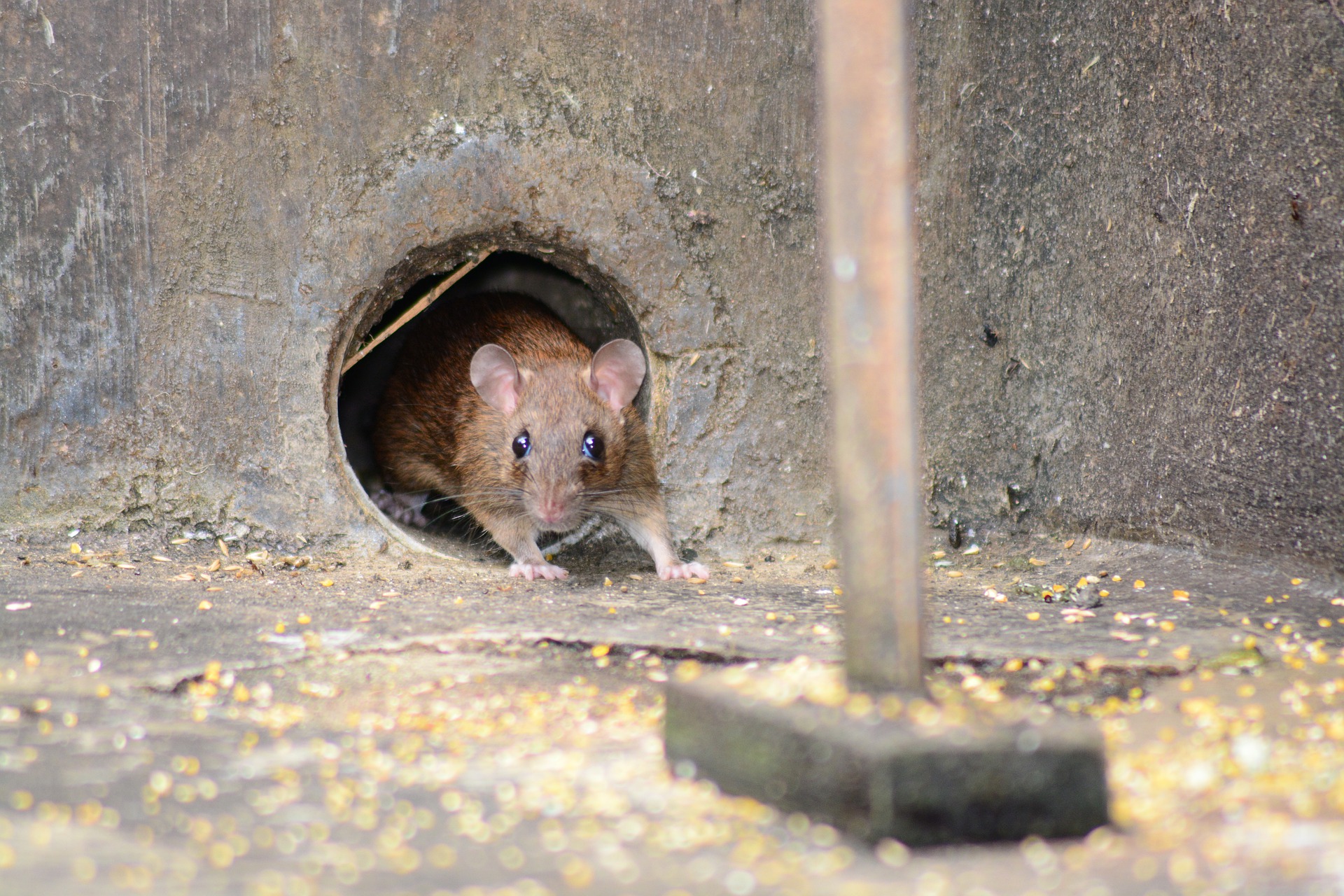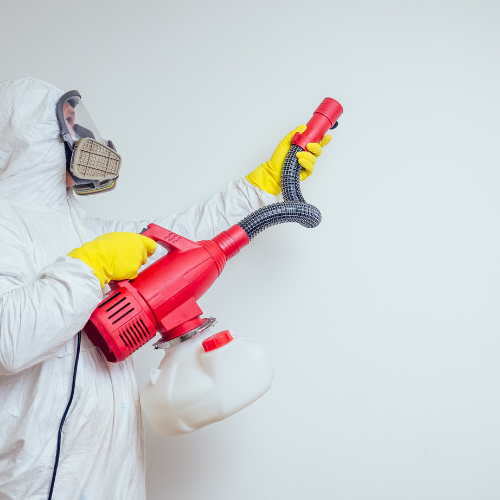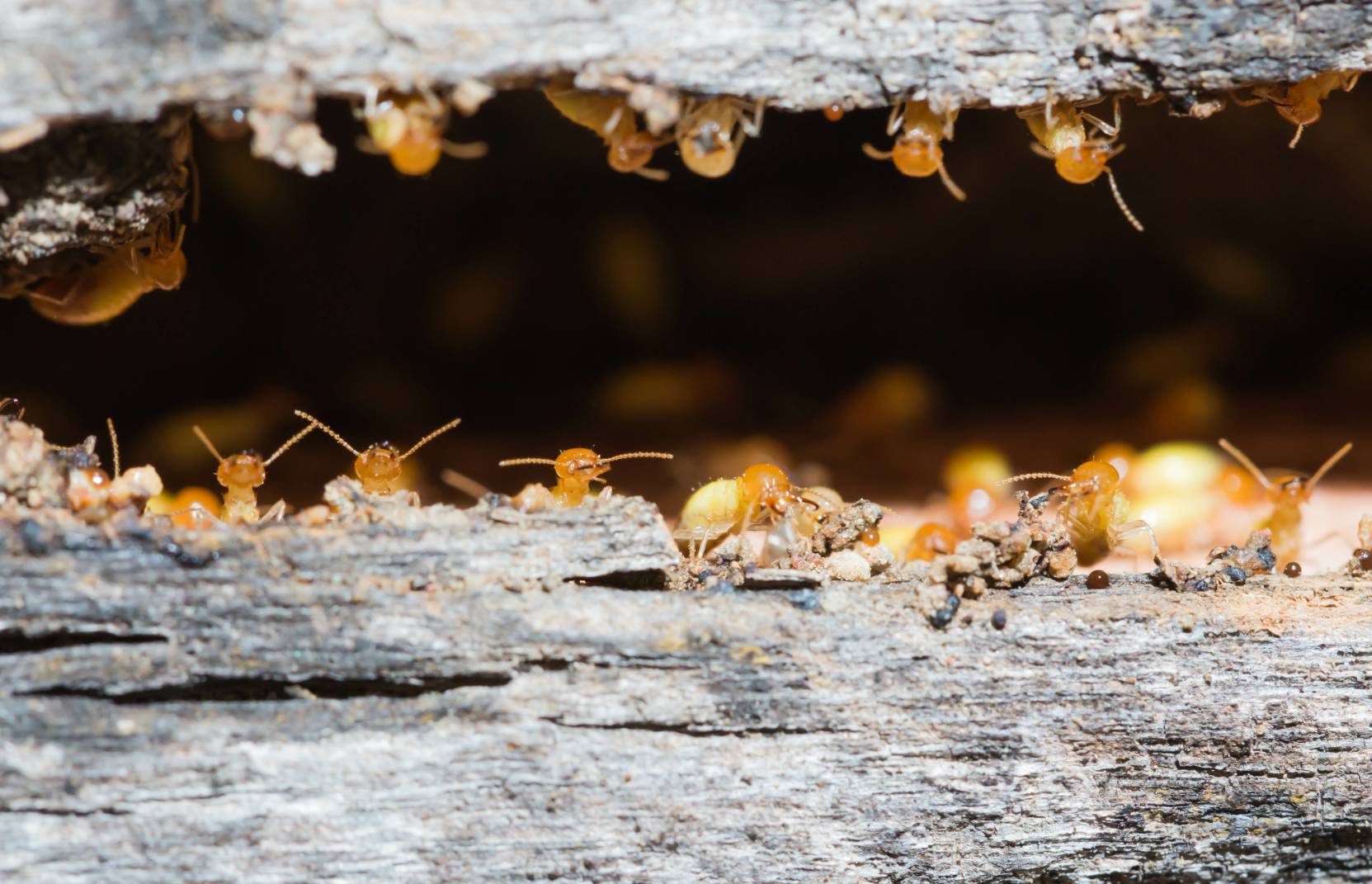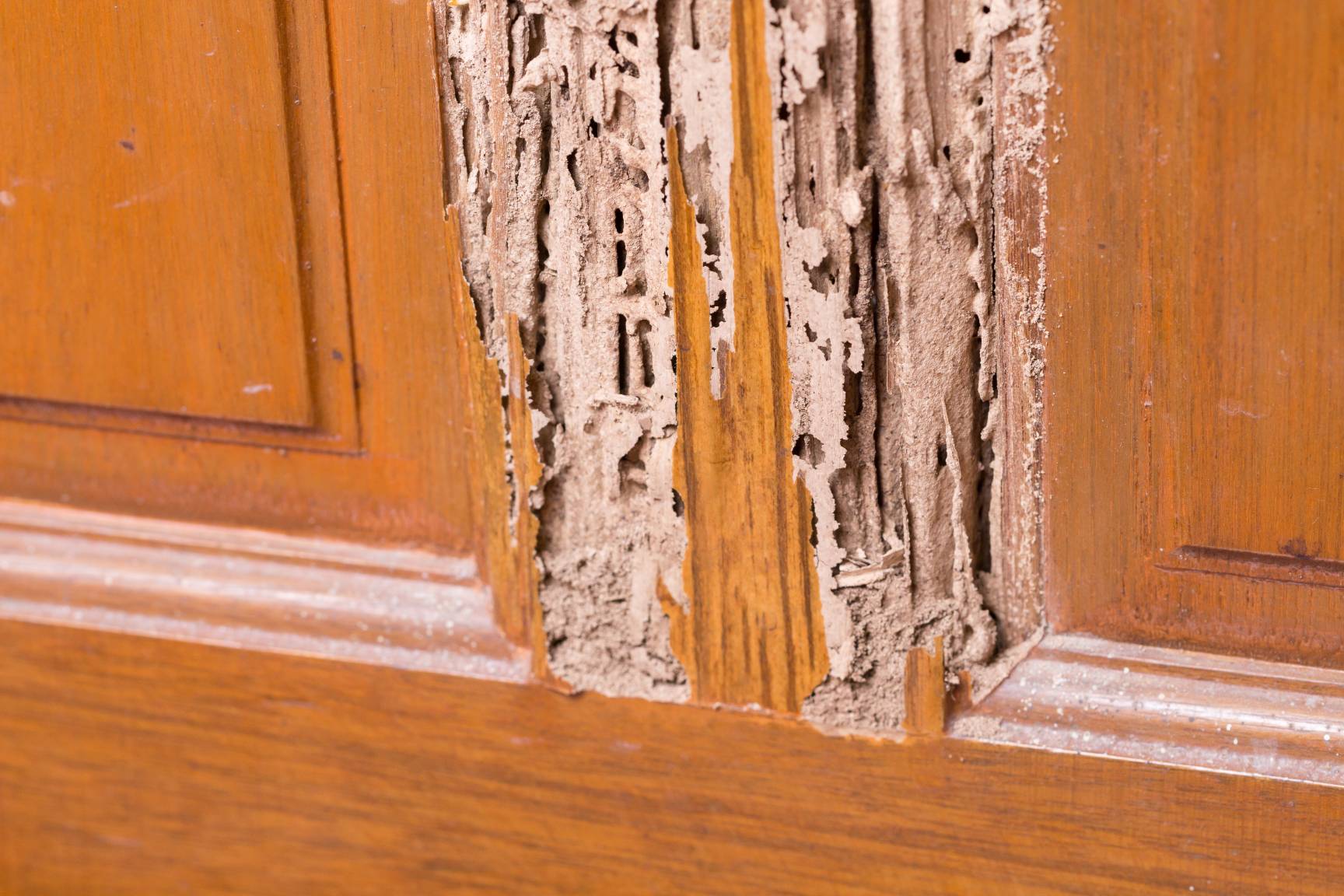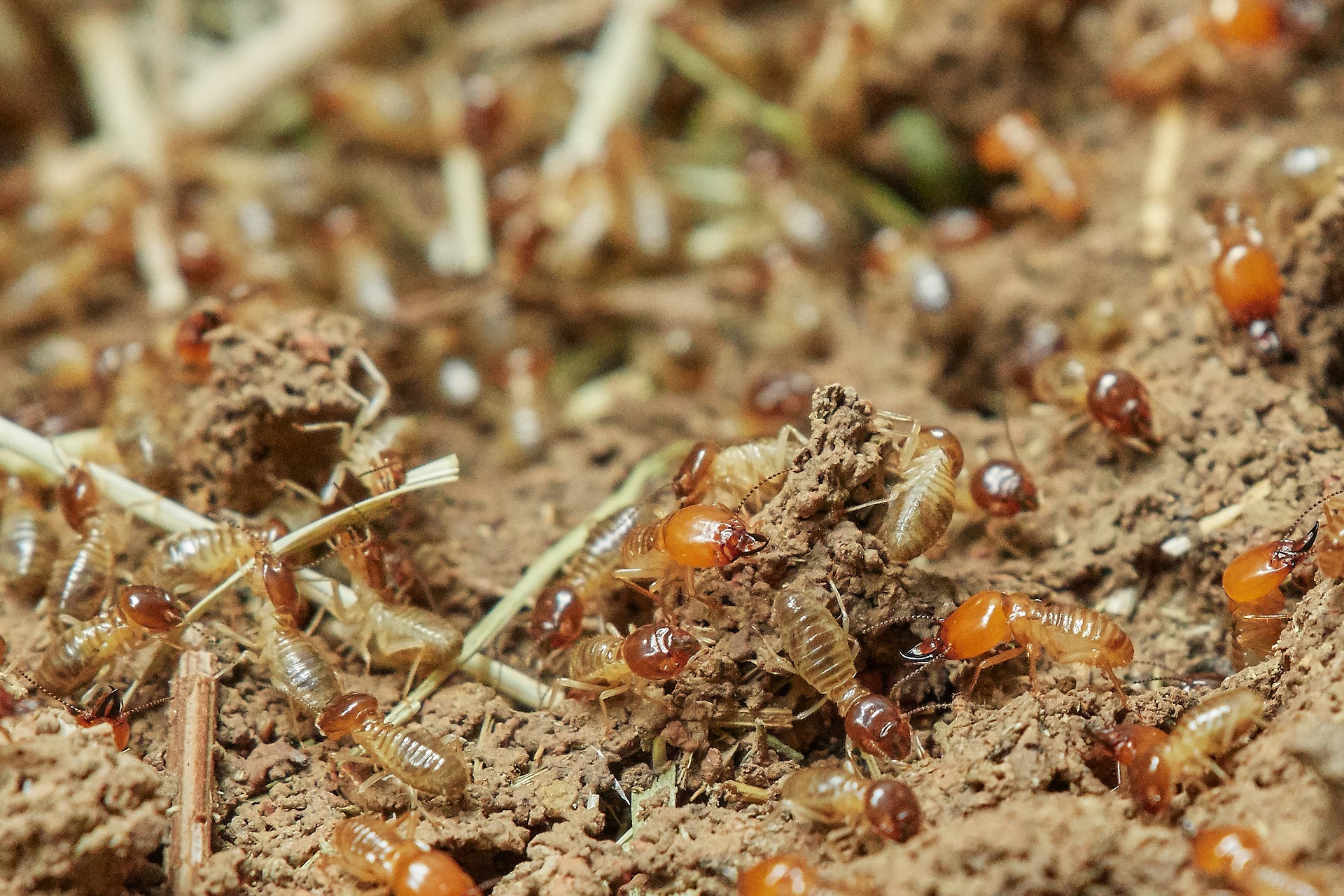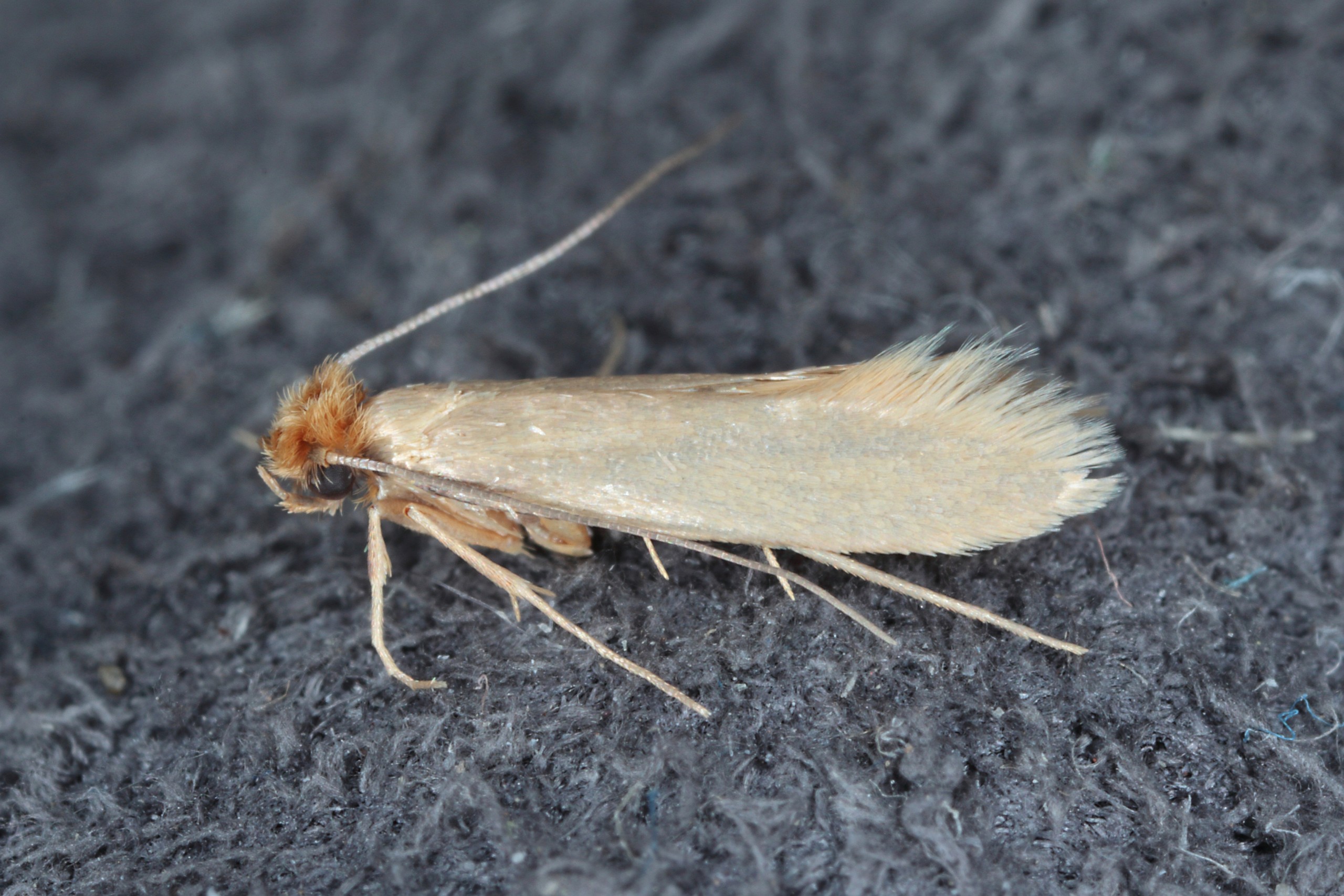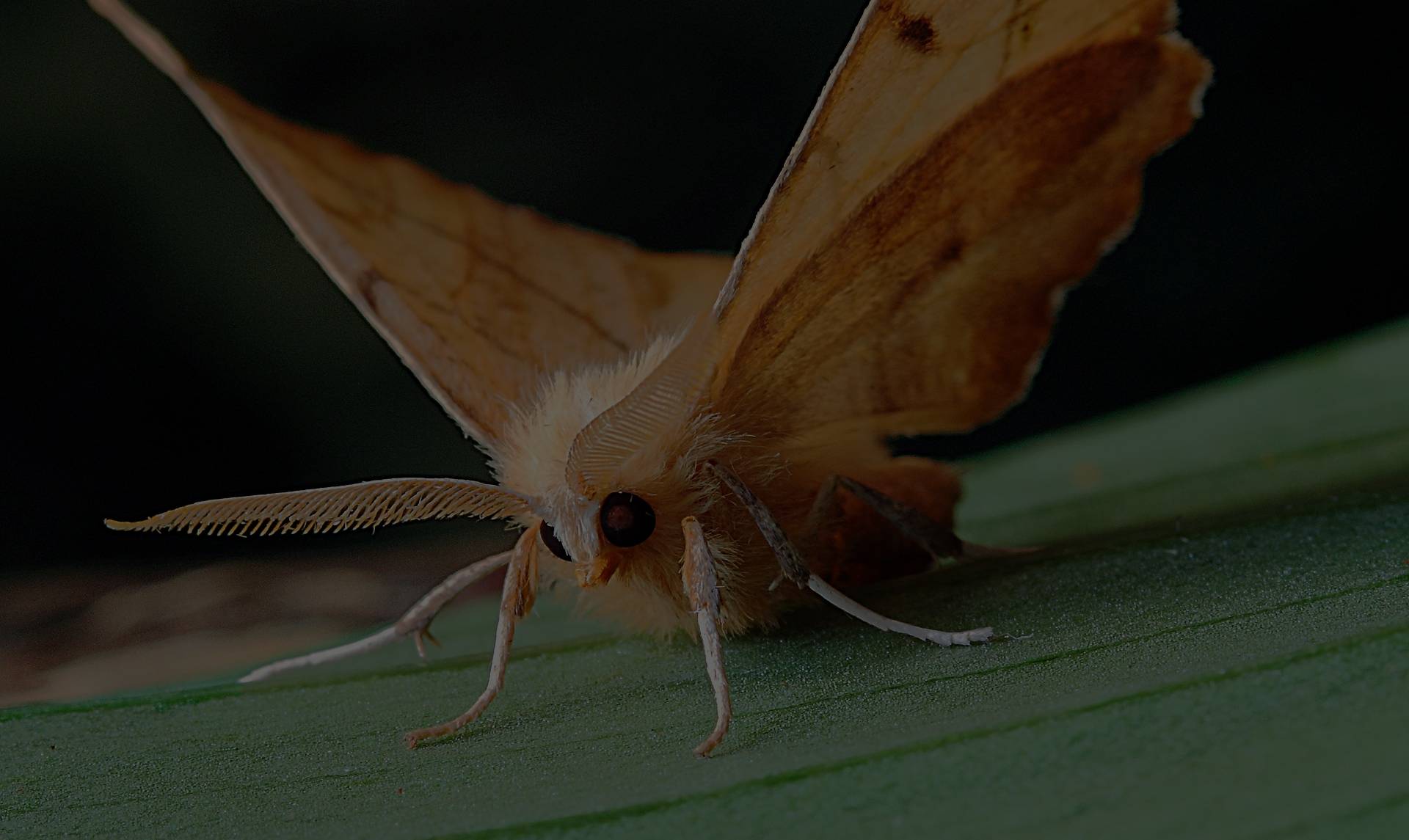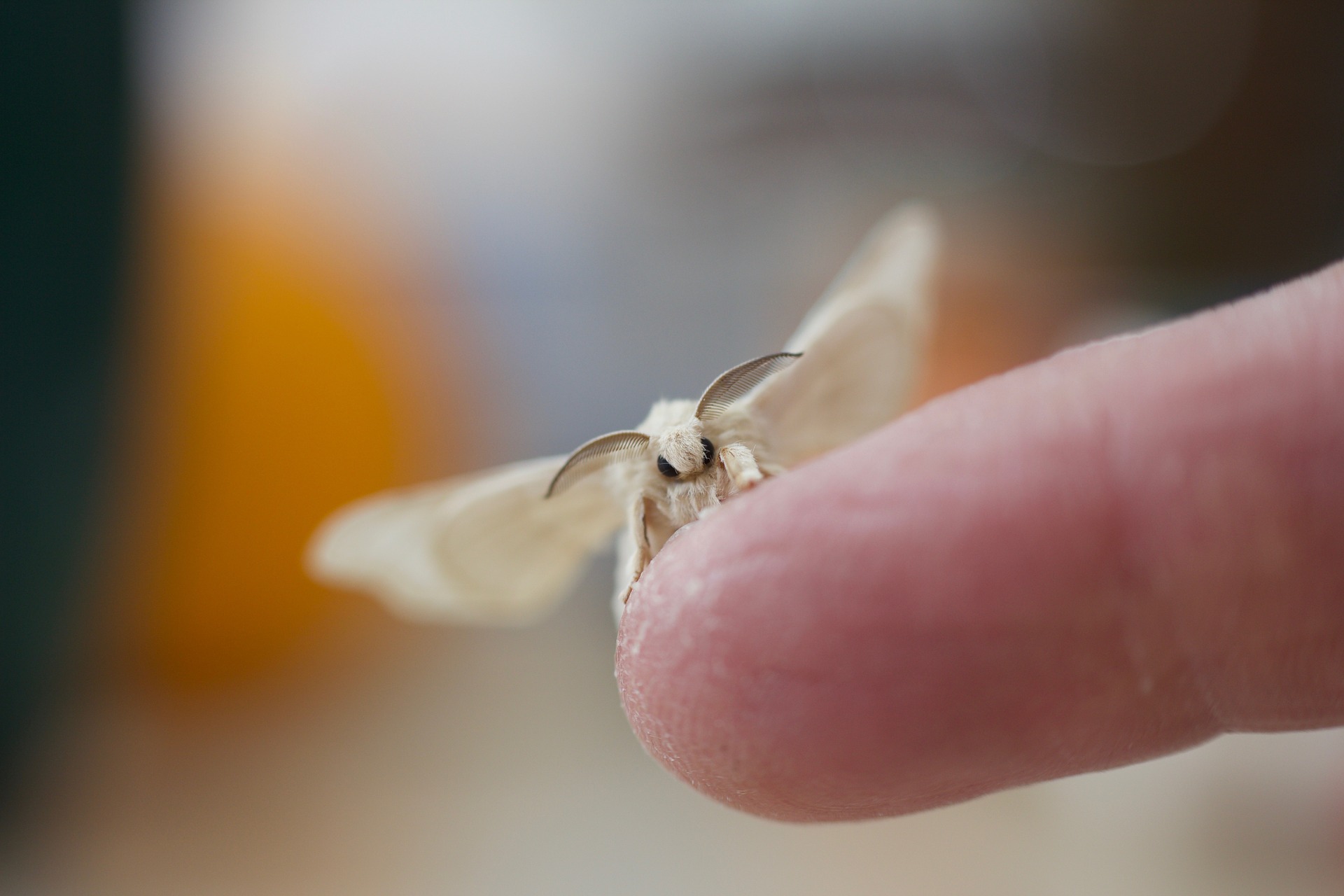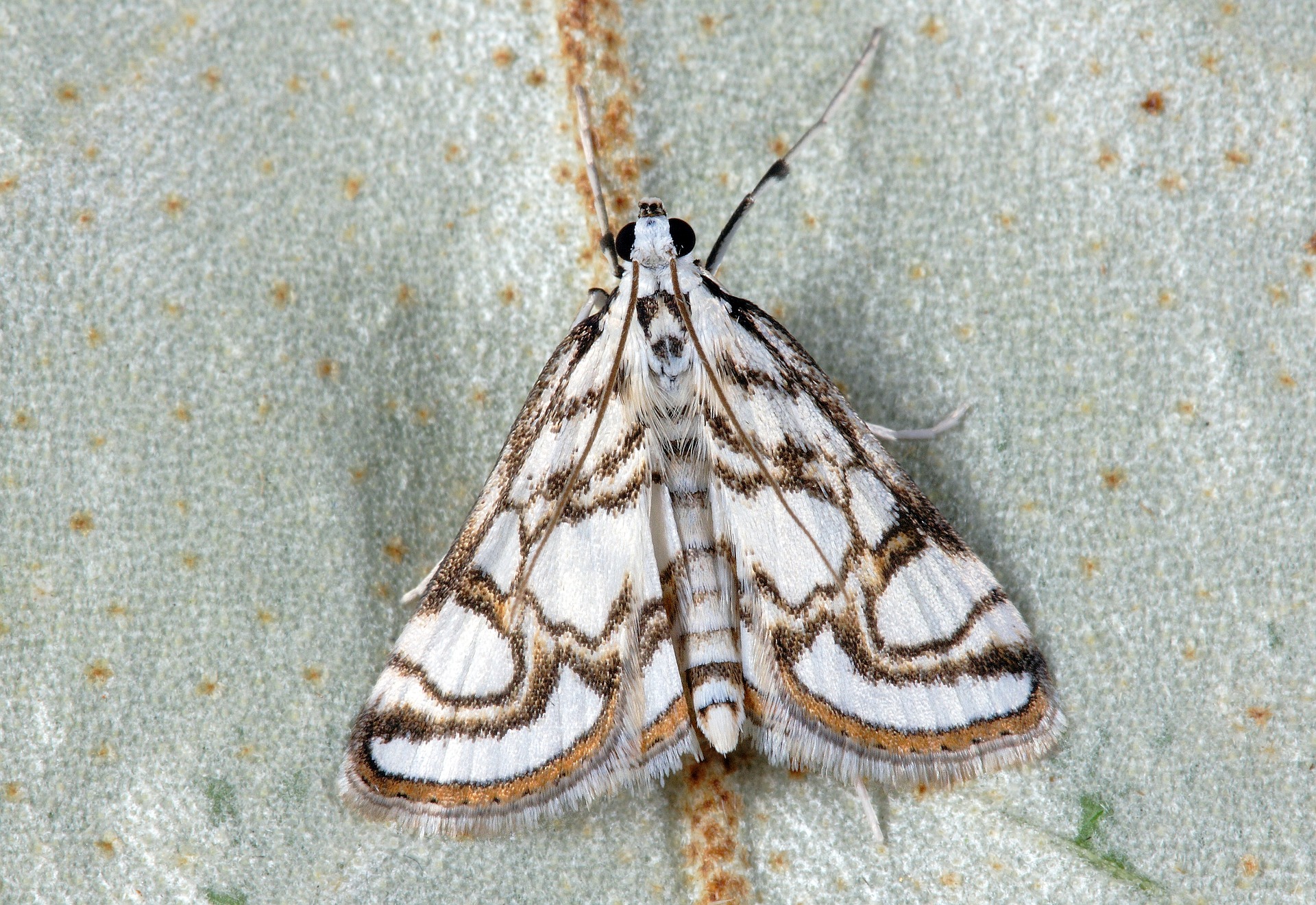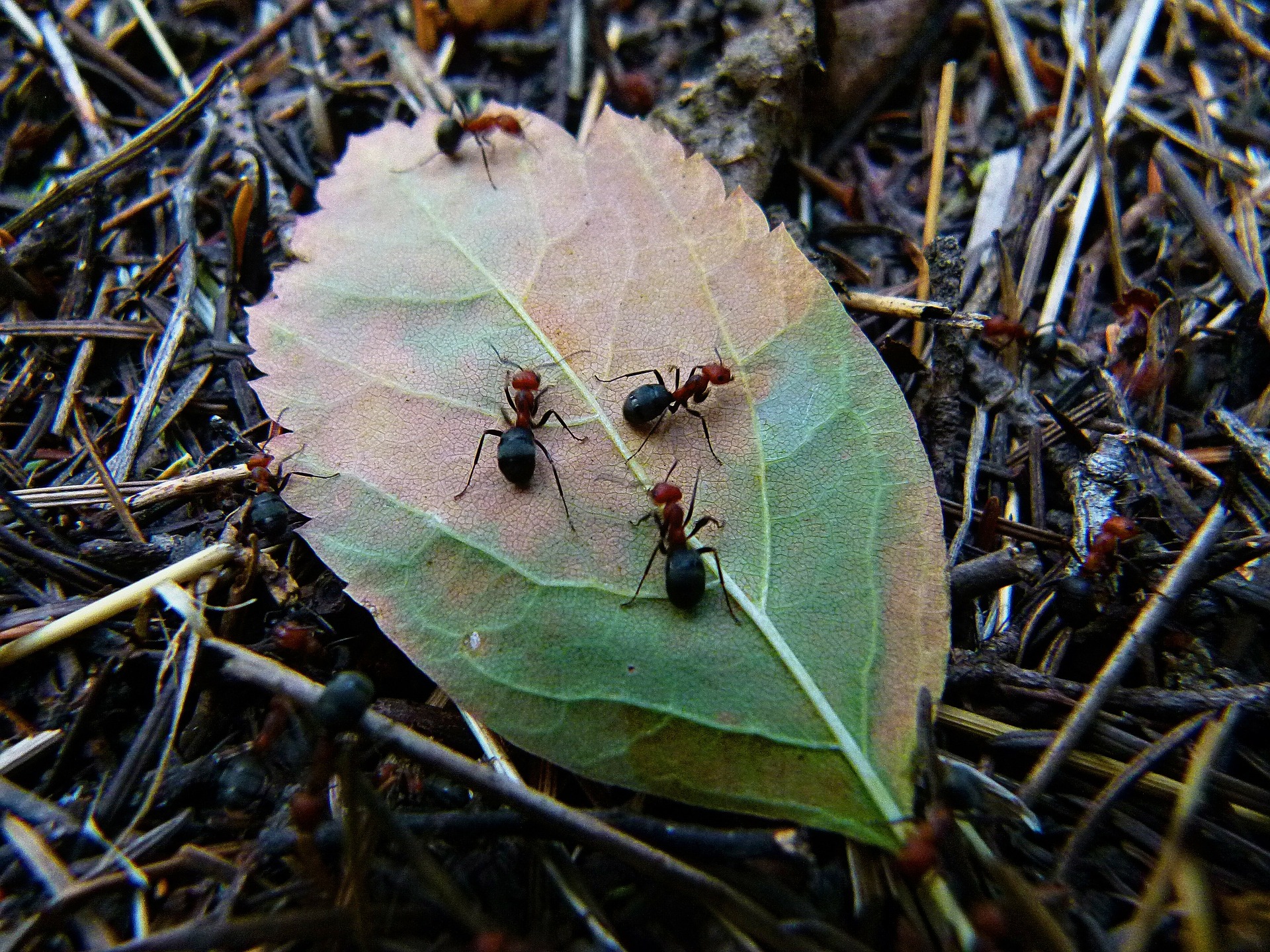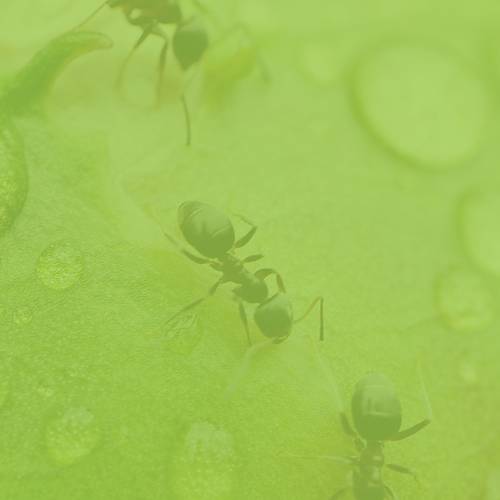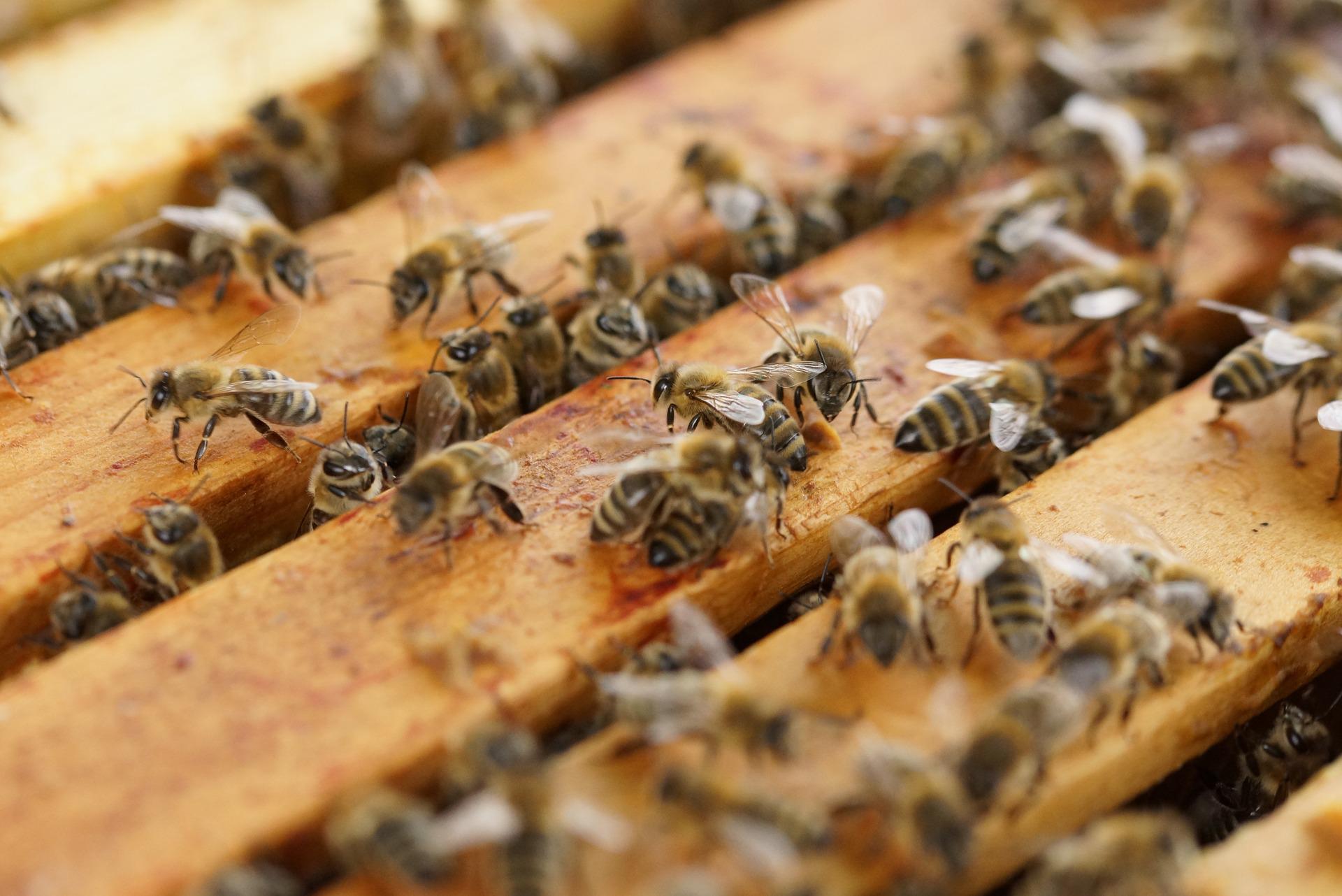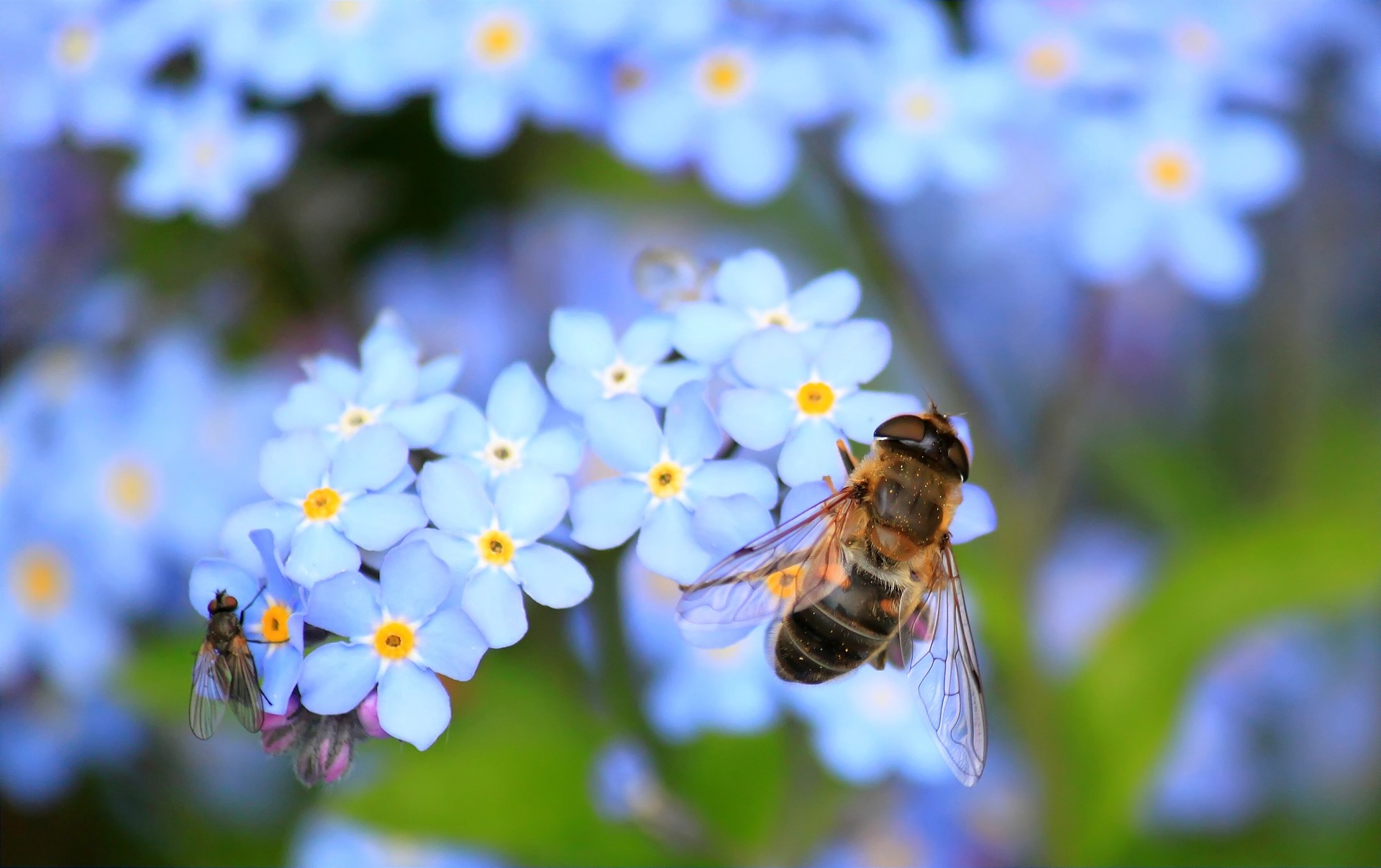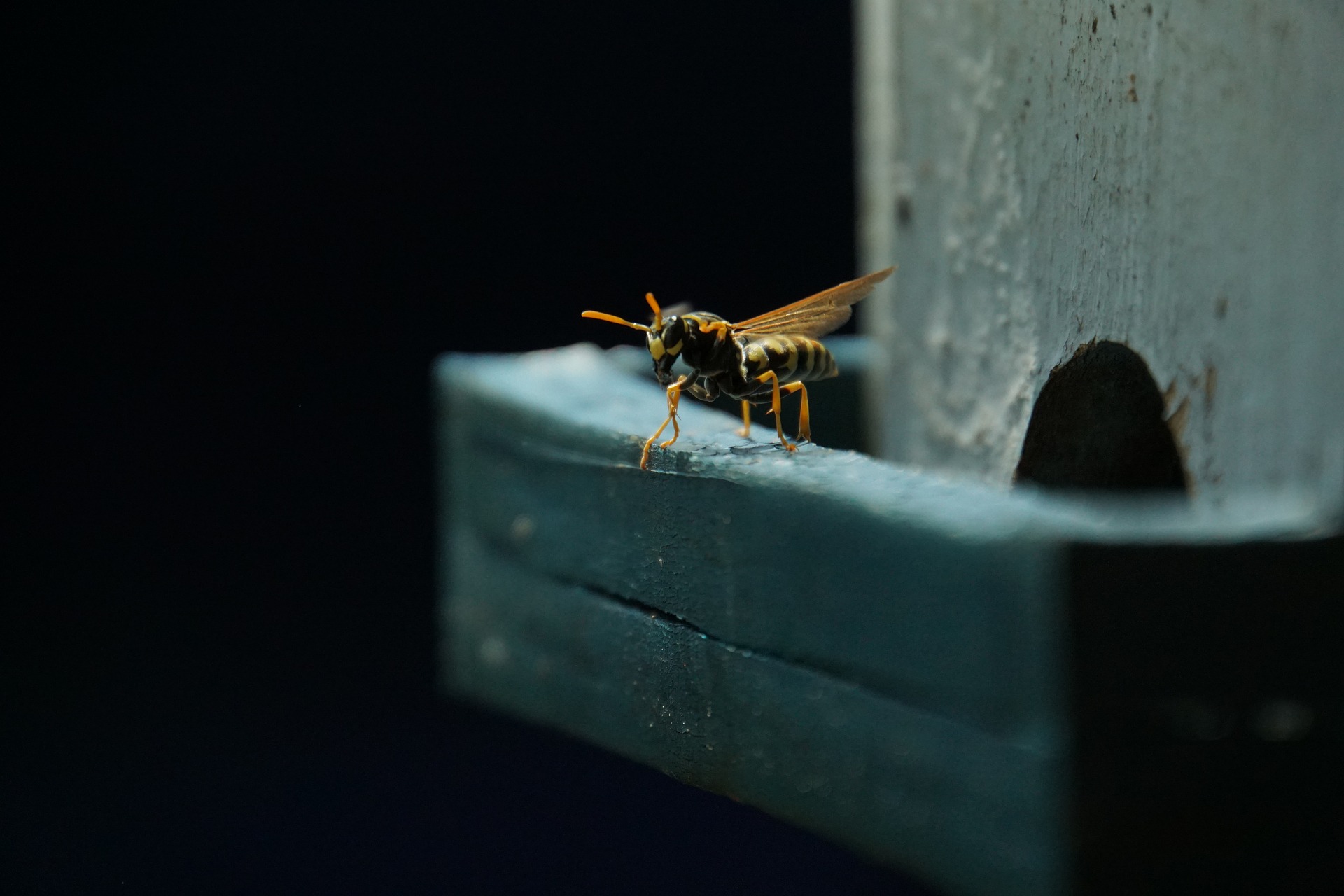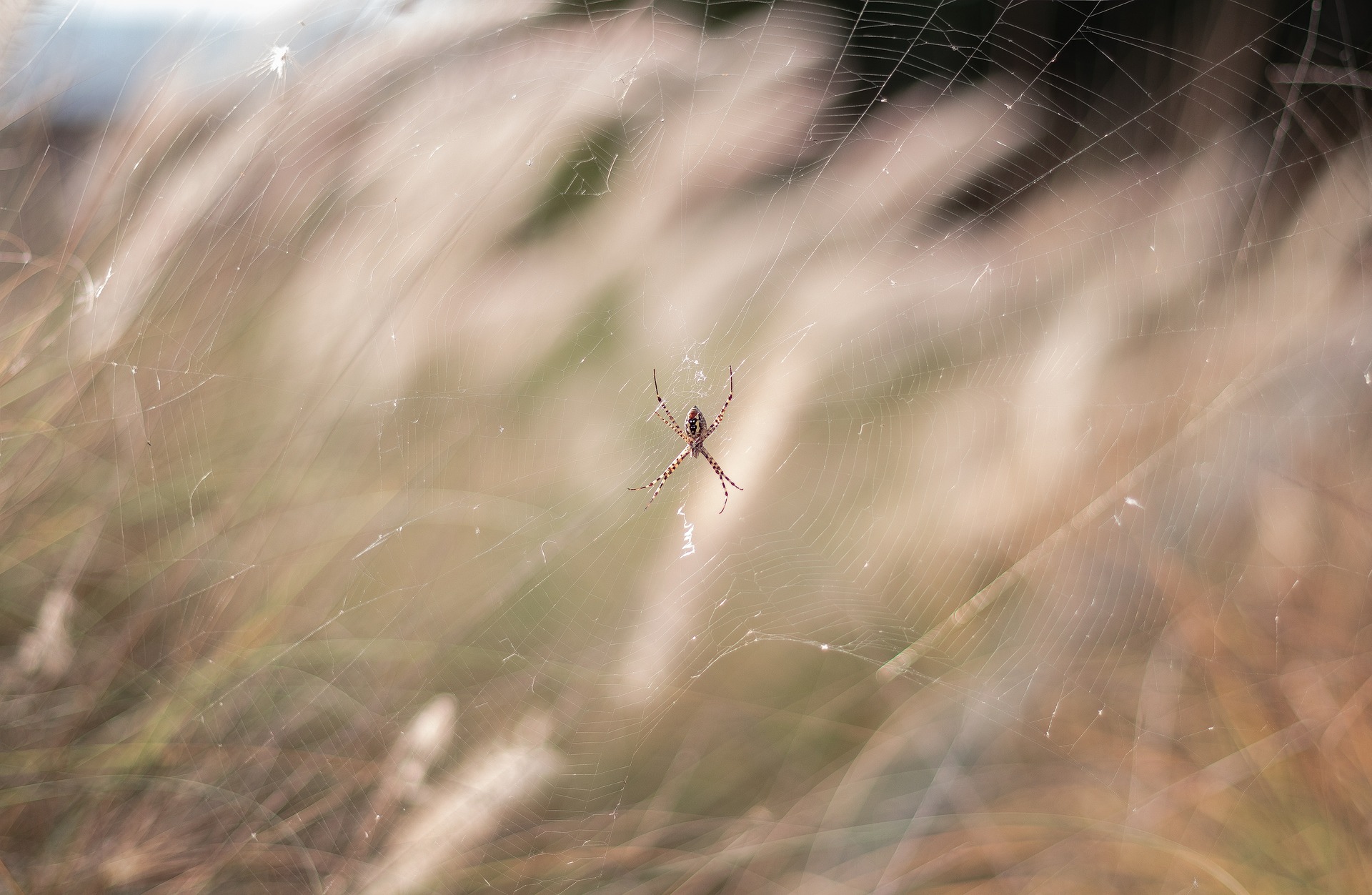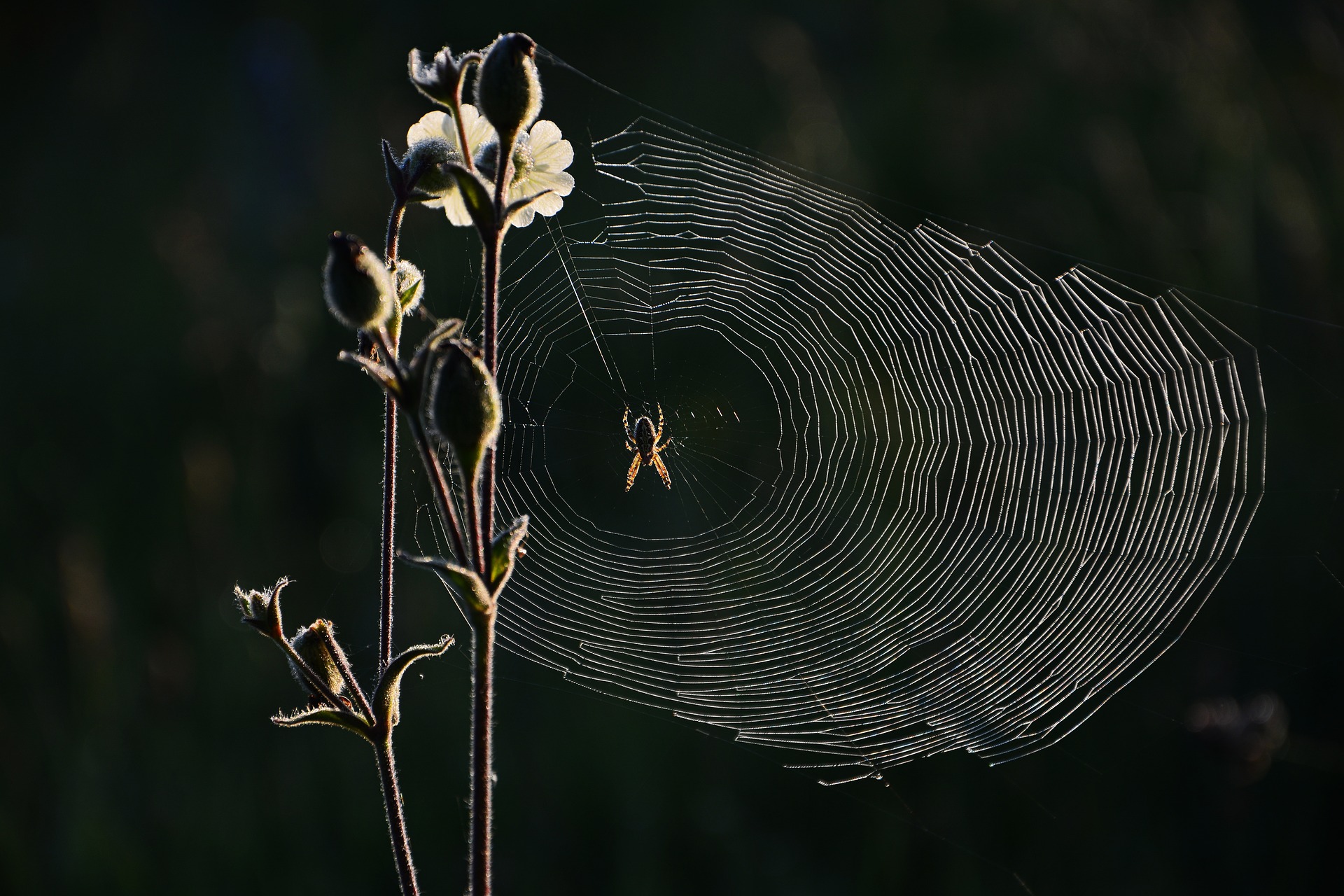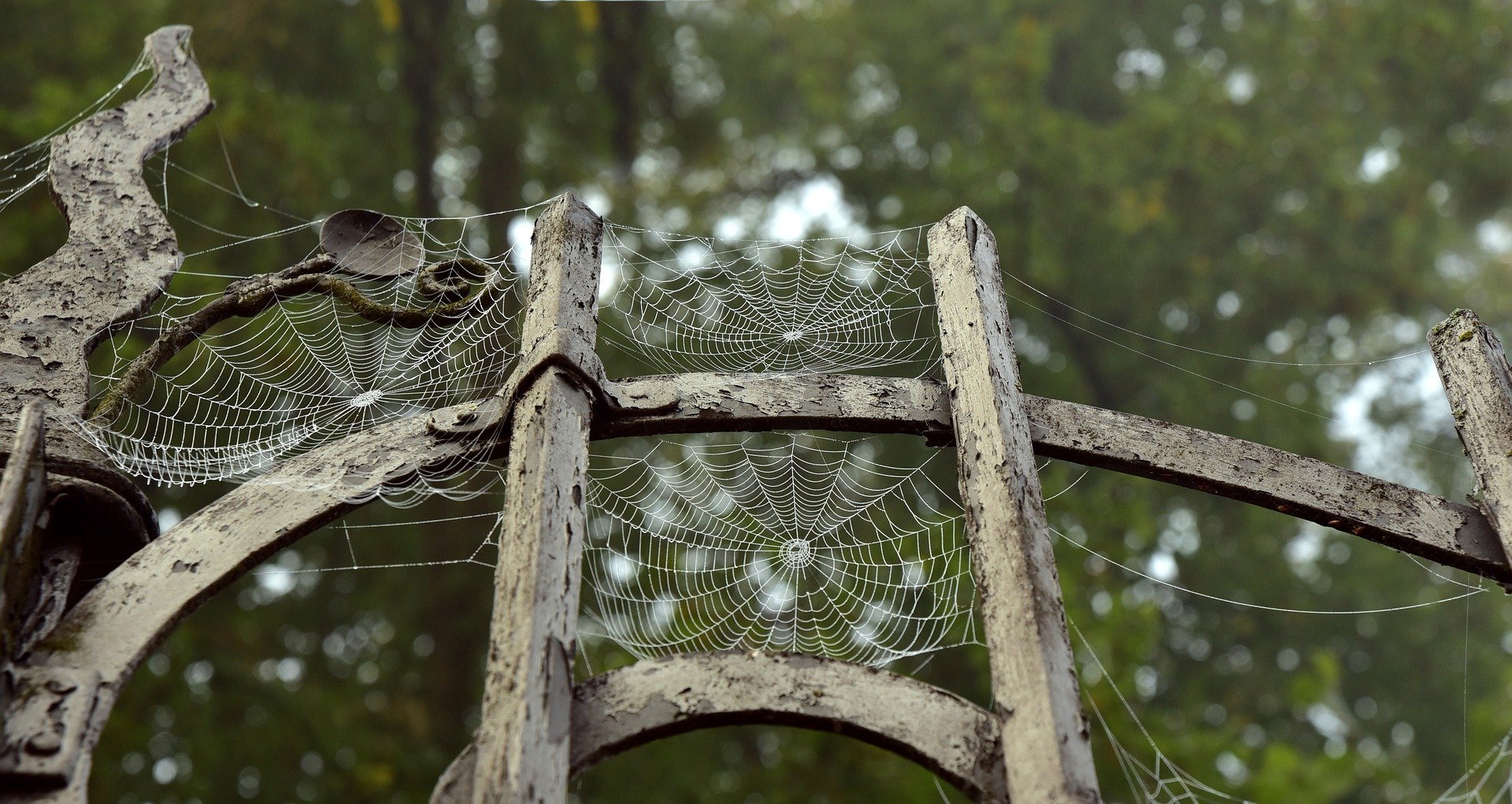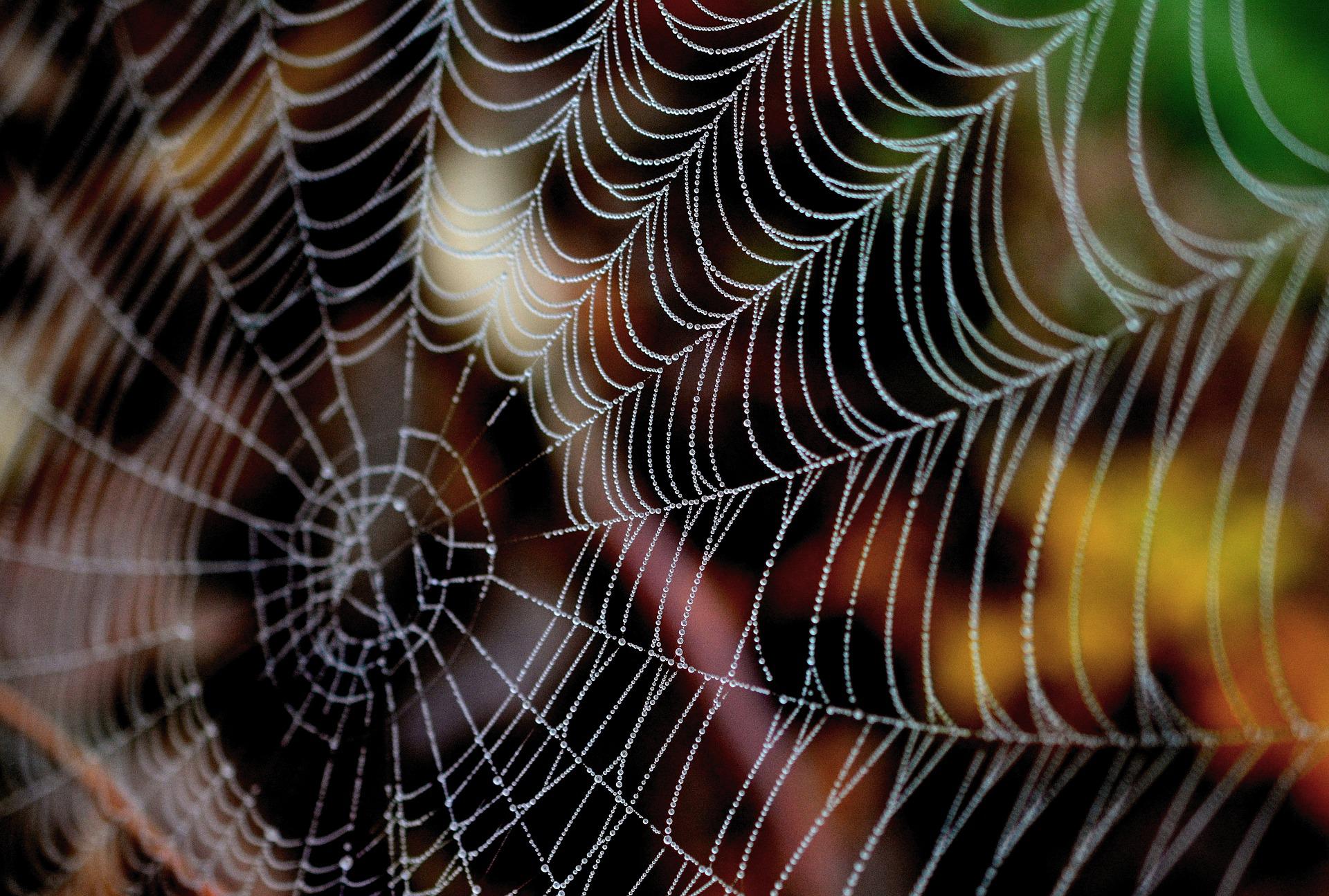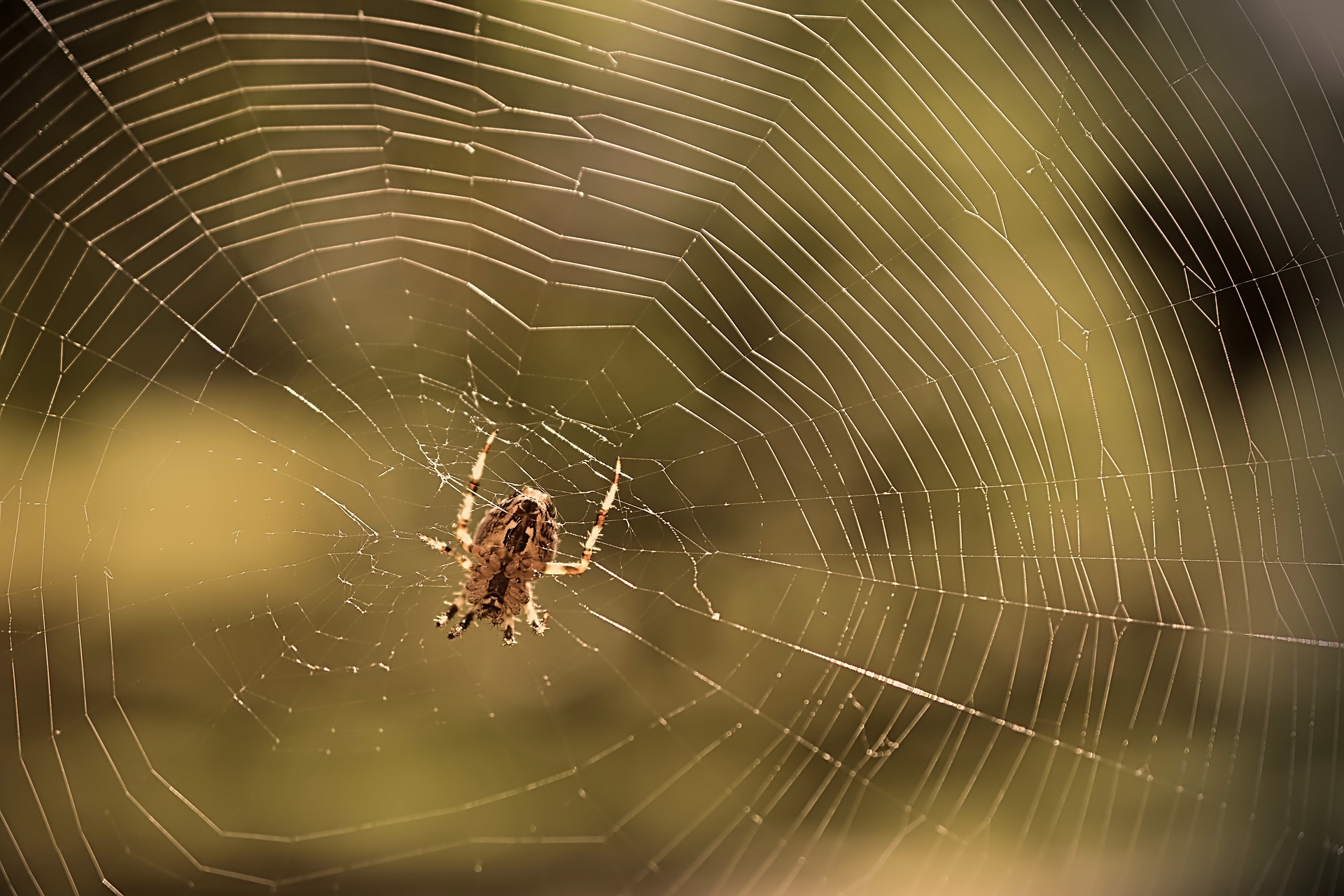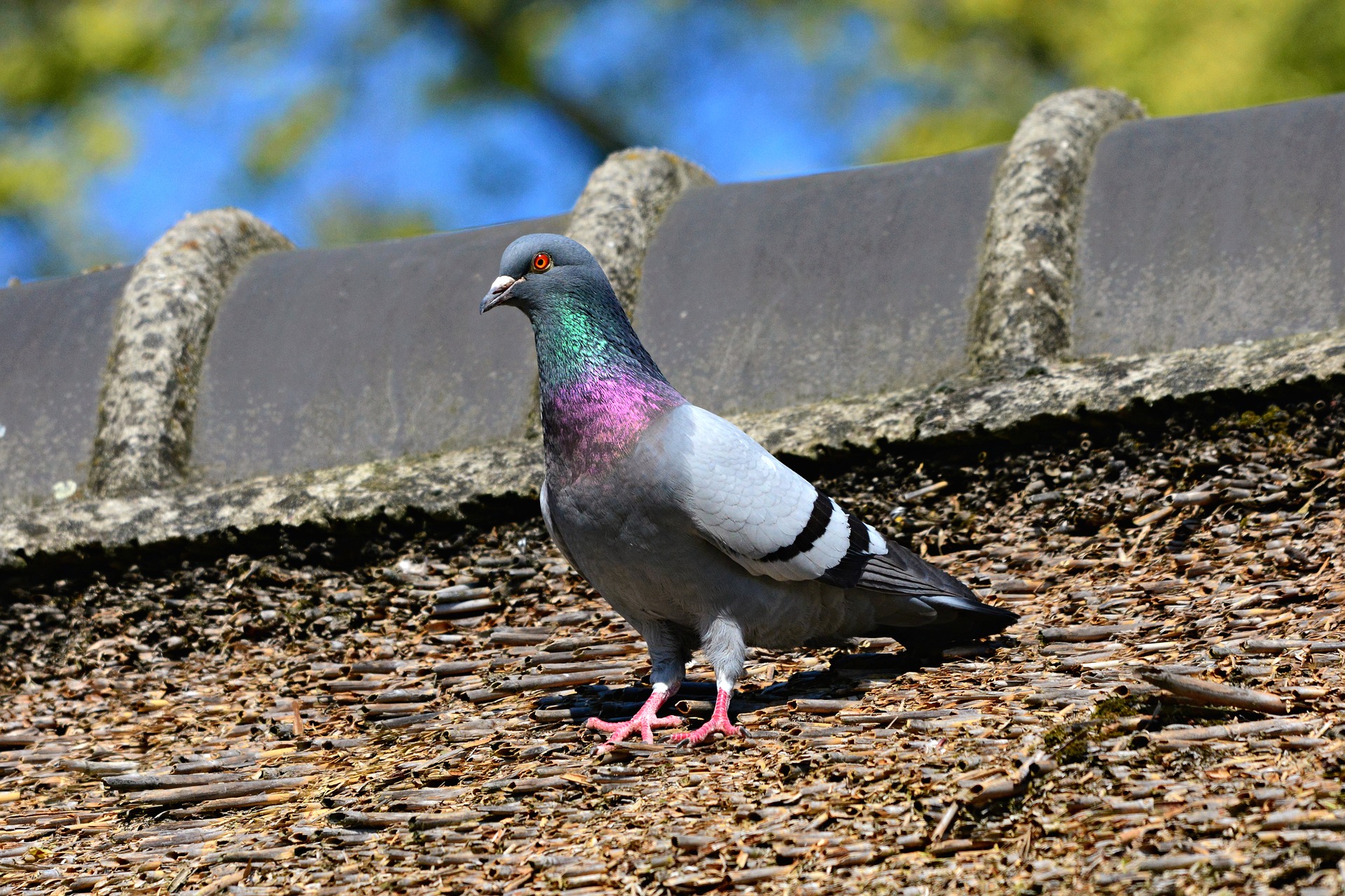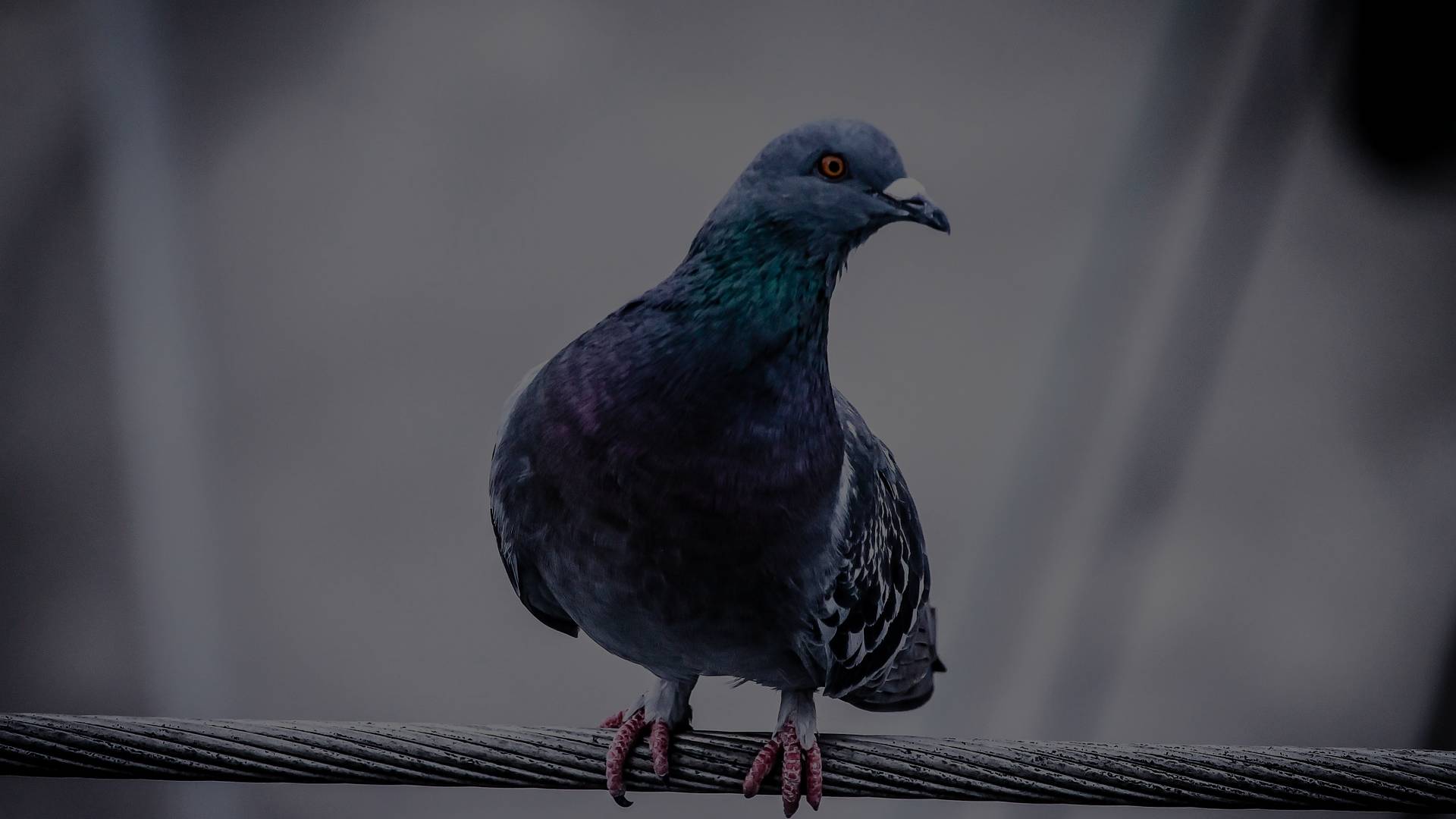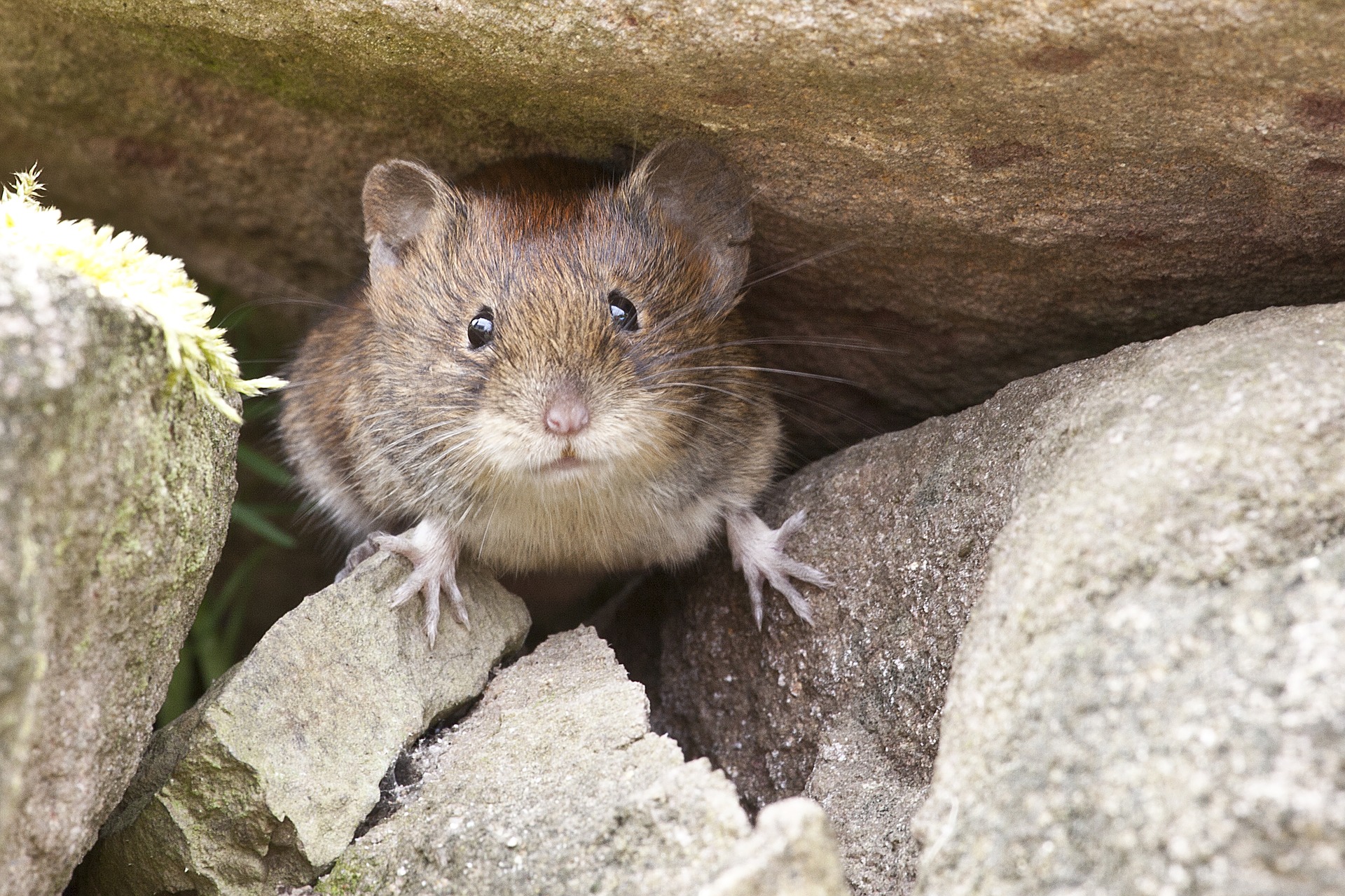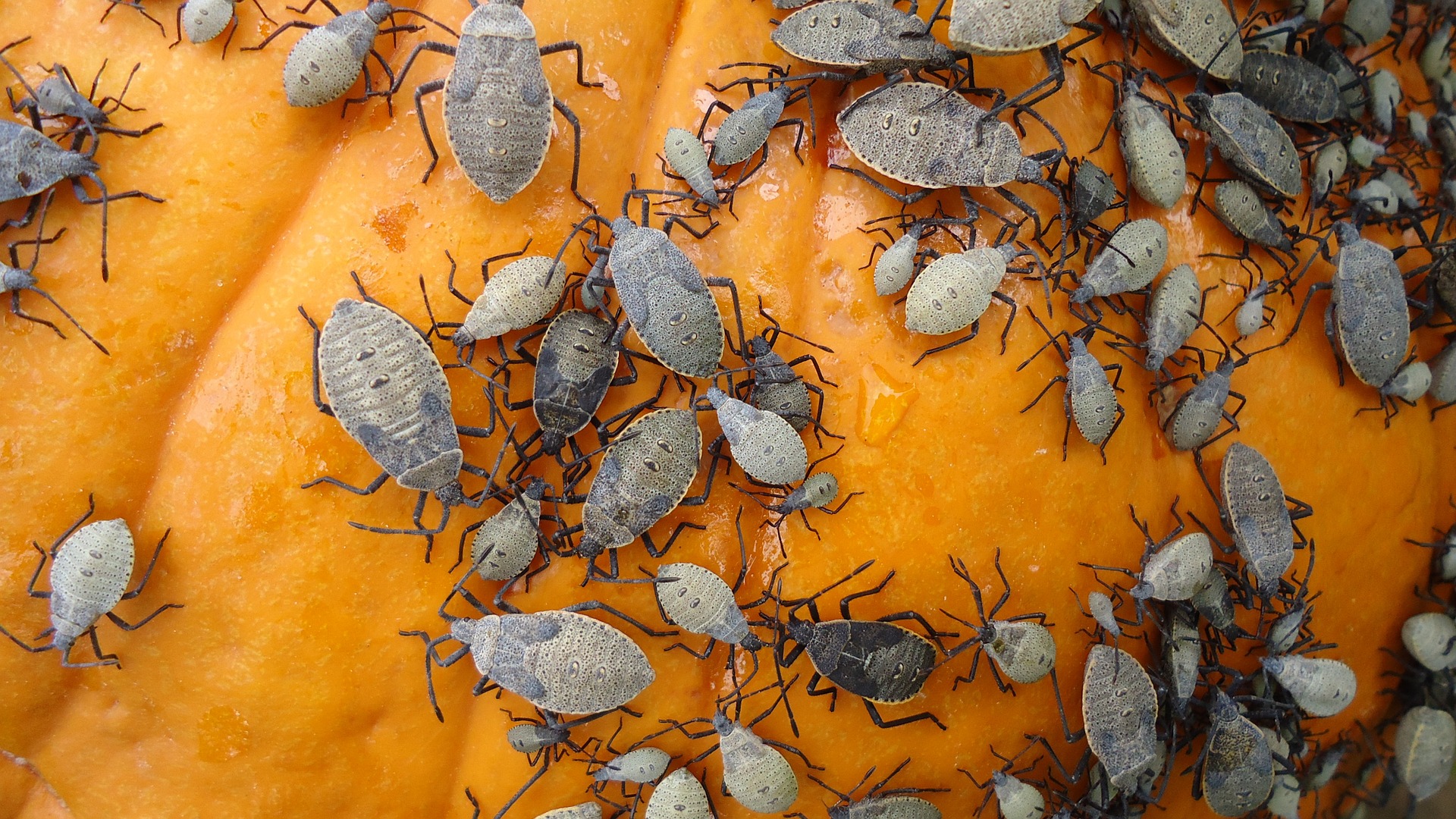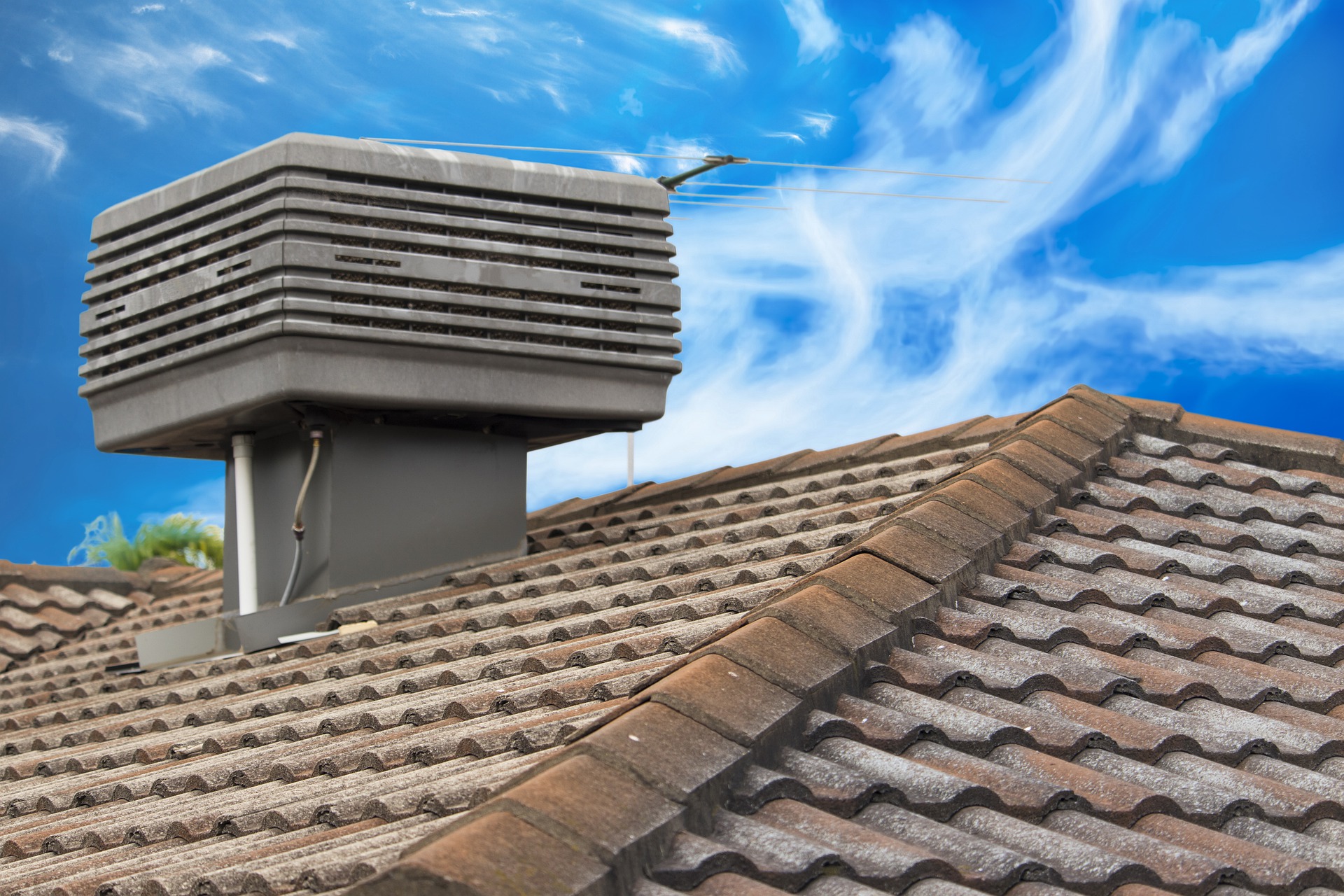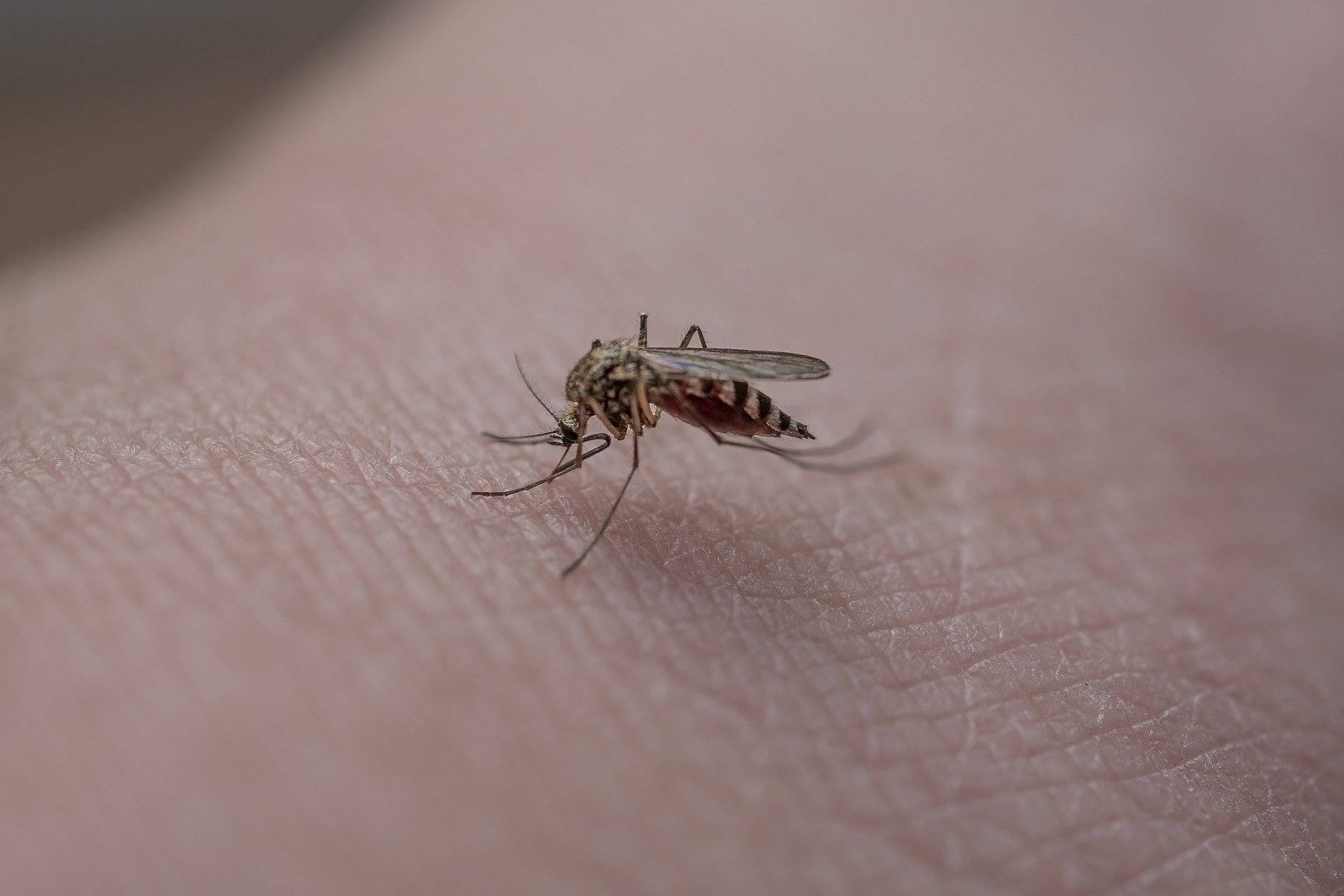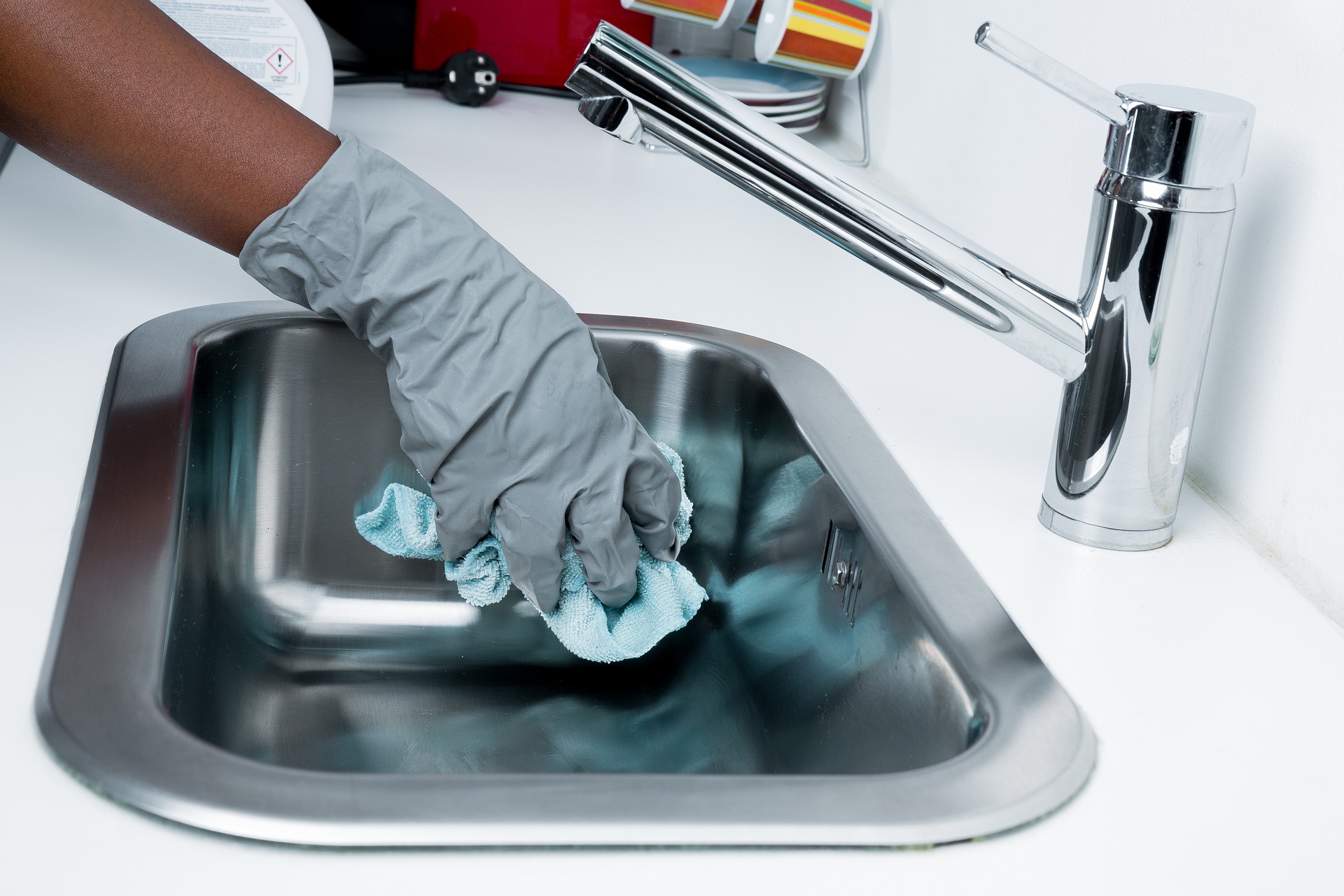Understanding the Bed Bug Problem: Identifying the Signs and Risks
Bed bugs are small, parasitic insects that feed on the blood of humans and animals. They are notorious for infesting homes, hotels, and other places where people sleep or rest. Identifying the signs of a bed bug infestation is crucial to take prompt action and prevent further spread.
One of the most common signs of a bed bug infestation is waking up with itchy, red bites on your body. These bites often appear in a line or cluster and can be accompanied by a rash or allergic reaction. Other signs include finding small, dark spots on your bedding or furniture, which are bed bug droppings, and discovering shed exoskeletons or live bugs in the seams of your mattress or furniture.
The risks associated with bed bug infestations go beyond the annoyance of itchy bites. Bed bugs can cause psychological distress, as the fear of being bitten can lead to anxiety and sleep disturbances. Additionally, some people may have an allergic reaction to bed bug bites, which can result in severe itching, swelling, and even secondary infections.
DIY Bed Bug Removal: Safe and Effective Methods to Combat Infestations
If you discover a bed bug infestation in your home, it is important to take immediate action to prevent the problem from worsening. While professional extermination is often recommended for severe infestations, there are several safe and effective DIY methods you can try to combat bed bugs.
Vacuuming: Start by thoroughly vacuuming your mattress, furniture, and any other areas where bed bugs may be hiding. Be sure to use a vacuum with a HEPA filter to ensure that the bugs and their eggs are effectively removed. After vacuuming, seal the vacuum bag in a plastic bag and dispose of it outside of your home.
Steam Treatment: Bed bugs are sensitive to high temperatures, so using a steam cleaner on your mattress, furniture, and other infested areas can help kill them. Make sure to use a steam cleaner that reaches temperatures above 120°F to effectively eliminate the bugs and their eggs.
Washing and Drying: Wash all infested bedding, clothing, and linens in hot water and dry them in the highest heat setting. The heat will kill any bed bugs and their eggs. It is important to seal the infested items in plastic bags before transporting them to the laundry area to prevent the bugs from spreading.
Encasements: Invest in bed bug-proof encasements for your mattress and box spring. These encasements are designed to trap any bed bugs inside and prevent them from feeding or escaping. Be sure to choose encasements that are labeled specifically for bed bugs and are made of a durable material.
Natural Remedies: While there is limited scientific evidence to support the effectiveness of natural remedies, some people have found success with using essential oils, such as tea tree oil or lavender oil, to repel bed bugs. However, it is important to note that natural remedies may not be as effective as other methods and should be used in conjunction with other treatment options.
Step-by-Step Guide: How to Eliminate Bed Bugs from Your Home
Identify the infested areas: Inspect your mattress, furniture, and other areas where bed bugs may be hiding. Look for signs of bed bug activity, such as live bugs, shed exoskeletons or dark spots.
Remove clutter: Clear out any clutter in your home, as bed bugs can hide in piles of clothes, books, or other items. This will make it easier to locate and treat the infested areas.
Vacuum and steam clean: Thoroughly vacuum your mattress, furniture, and other infested areas. Follow up with a steam cleaner to kill any remaining bed bugs and their eggs.
Wash and dry infested items: Launder all infested bedding, clothing, and linens in hot water and dry them in the highest heat setting. This will help eliminate any bed bugs and prevent re-infestation.
Use encasements: Install bed bug-proof encasements on your mattress and box spring to trap any remaining bed bugs and prevent them from feeding or escaping.
Monitor and repeat treatments: Keep an eye out for any signs of bed bug activity and continue to vacuum, steam clean, and launder infested items as needed. It may take multiple treatments to eliminate the infestation.
Prevention is Key: Maintaining a Bed Bug-Free Environment for the Long Term
Once you have successfully eliminated a bed bug infestation, it is important to take preventive measures to ensure that they do not return. Here are some tips for maintaining a bed bug-free environment:
Regularly inspect your home: Conduct routine inspections of your mattress, furniture, and other areas where bed bugs may hide. Look for signs of bed bug activity, such as live bugs, shed exoskeletons or dark spots.
Practice good hygiene: Keep your home clean and clutter-free to minimize hiding places for bed bugs. Vacuum regularly and wash bedding, clothing, and linens in hot water to kill any potential bed bugs.
Be cautious when traveling: Bed bugs can easily hitch a ride on luggage or clothing, so be vigilant when staying in hotels or other accommodations. Inspect the room for signs of bed bugs before unpacking and keep your luggage elevated off the floor.
Seal cracks and crevices: Seal any cracks or crevices in your home, as these can serve as entry points for bed bugs. Use caulk or another appropriate sealant to close off any potential hiding spots.
Consider professional treatment: If you continue to experience bed bug infestations despite your best efforts, it may be necessary to seek professional help. A licensed pest control professional can provide targeted treatments to eliminate the infestation and offer guidance on long-term prevention.
In conclusion, DIY bed bug removal can be an effective way to combat infestations and maintain a bed bug-free environment. By understanding the signs and risks of bed bug infestations, utilizing safe and effective methods, following a step-by-step guide, and implementing preventive measures, you can successfully eliminate bed bugs from your home and prevent future infestations. Remember, early detection and prompt action are key to minimizing the impact of bed bugs on your life and ensuring a good night’s sleep.

